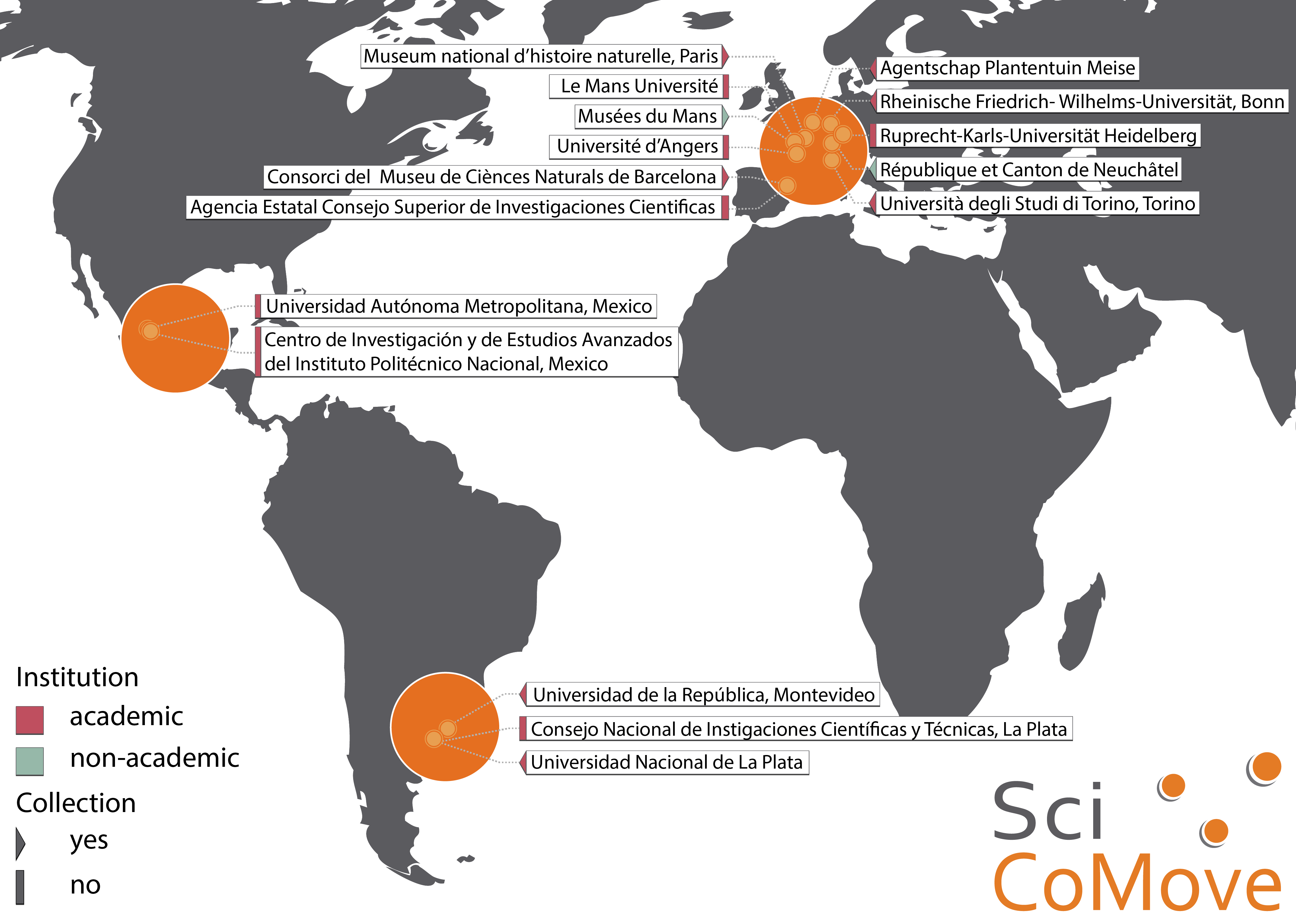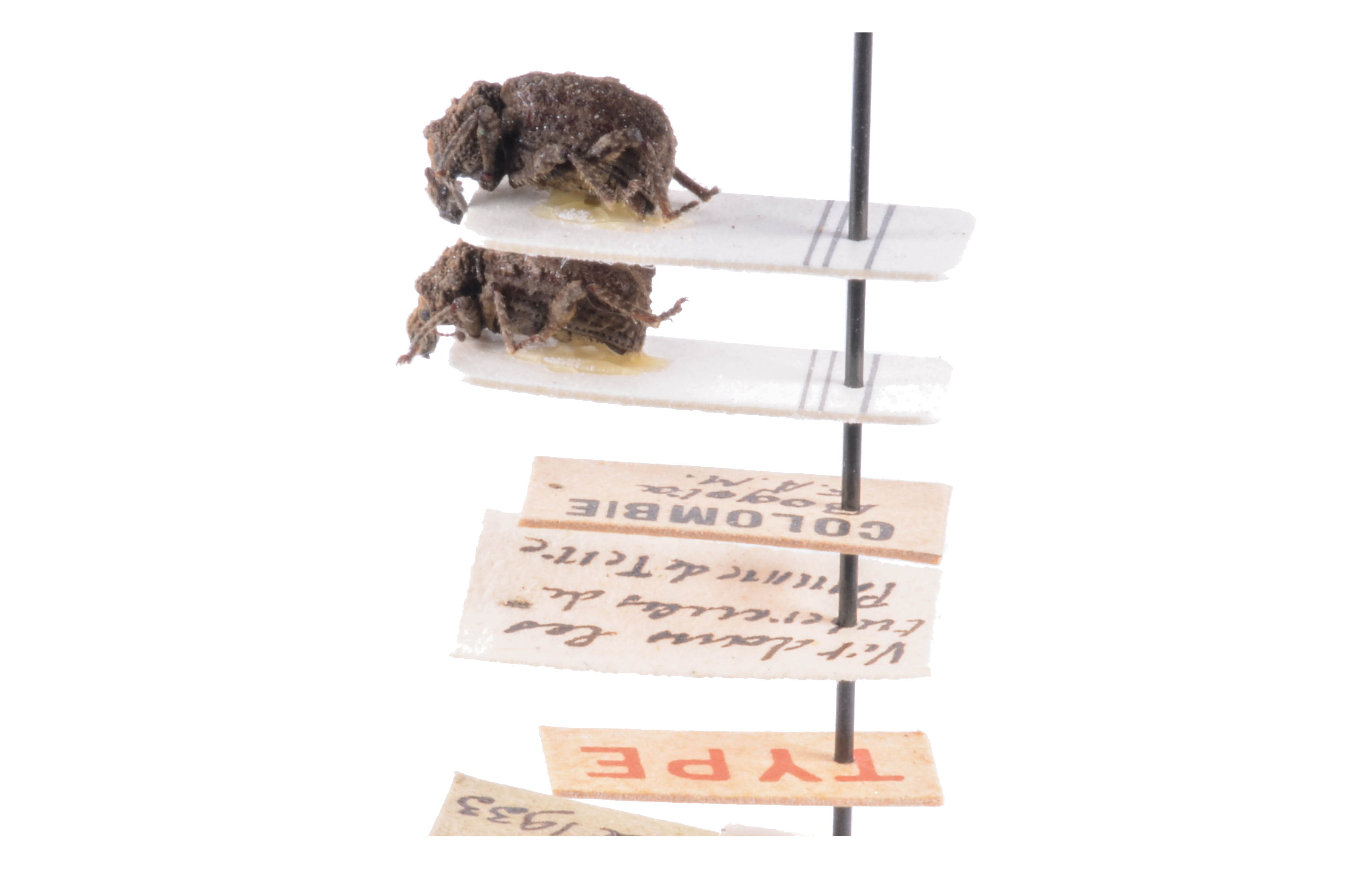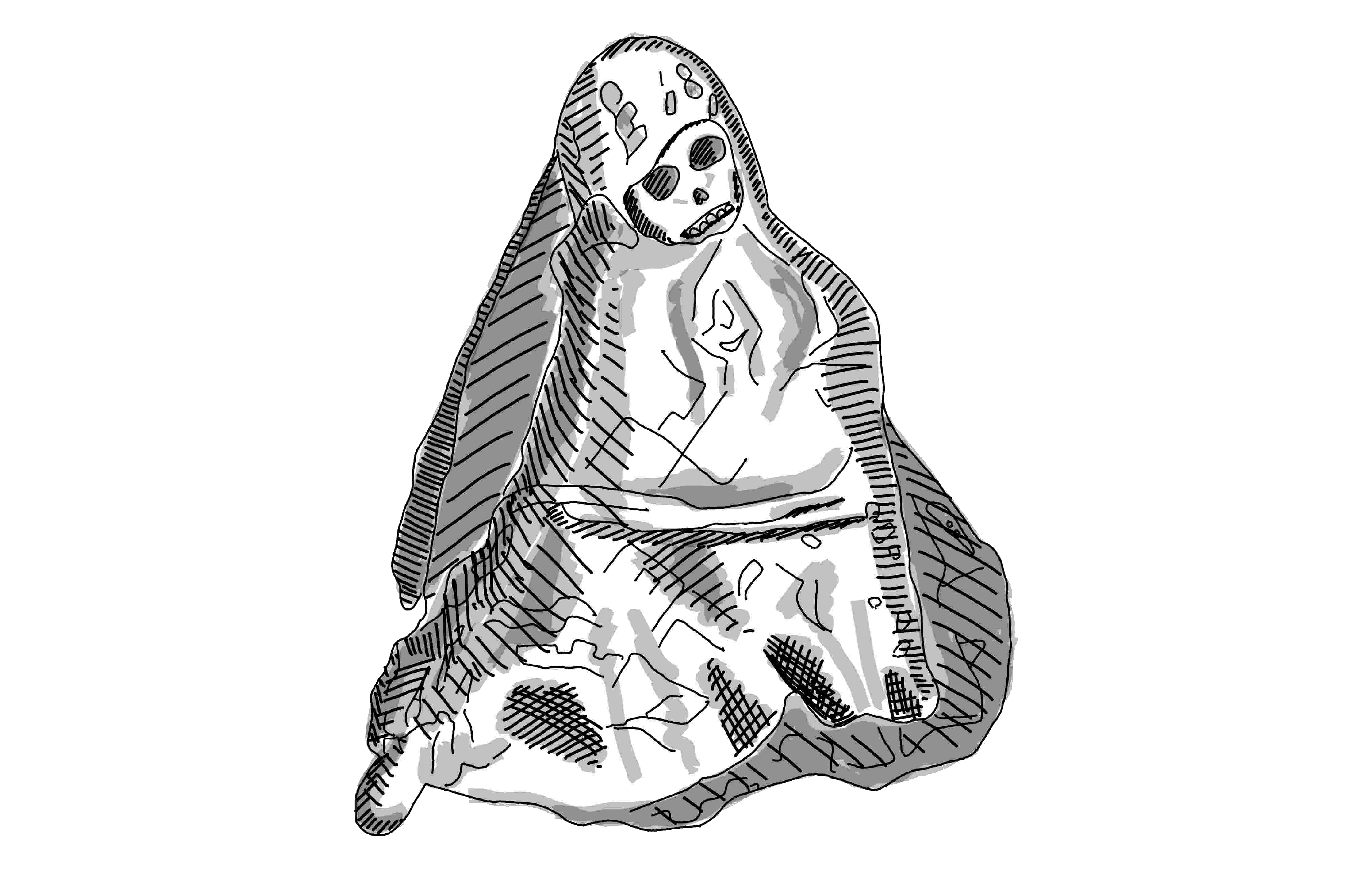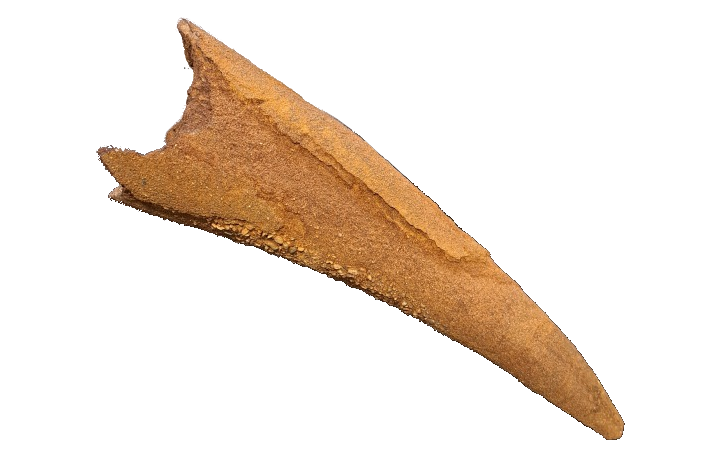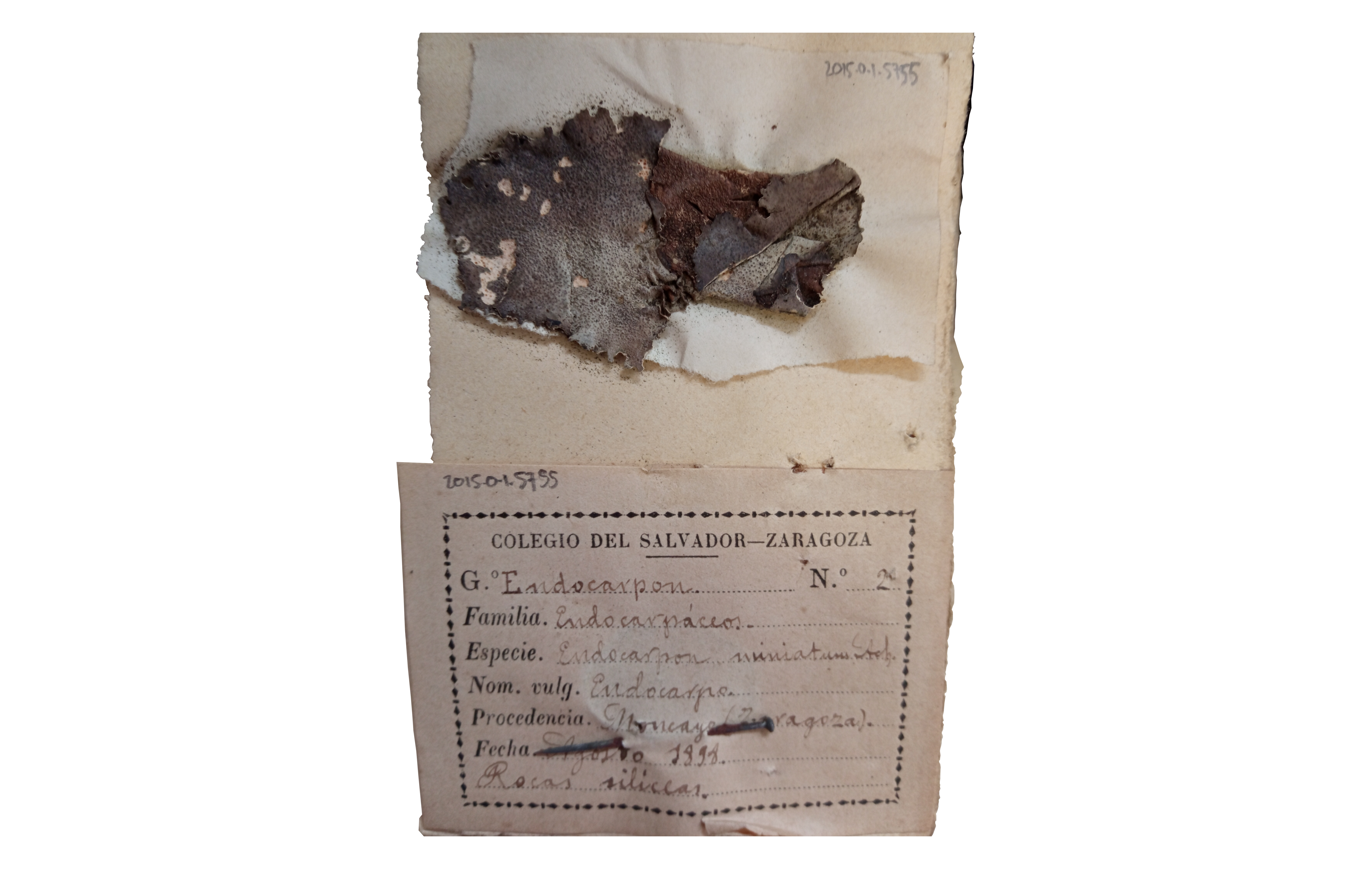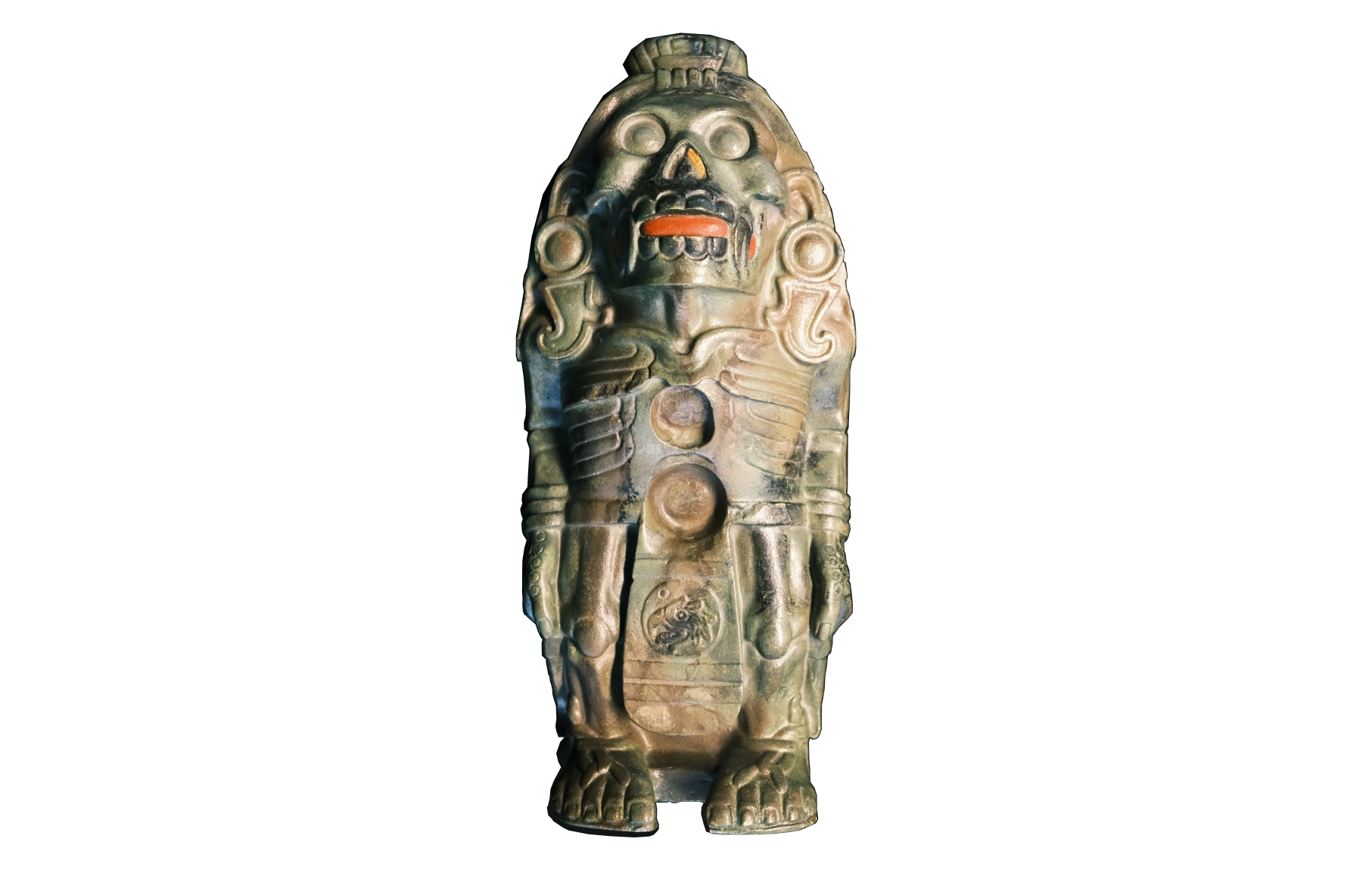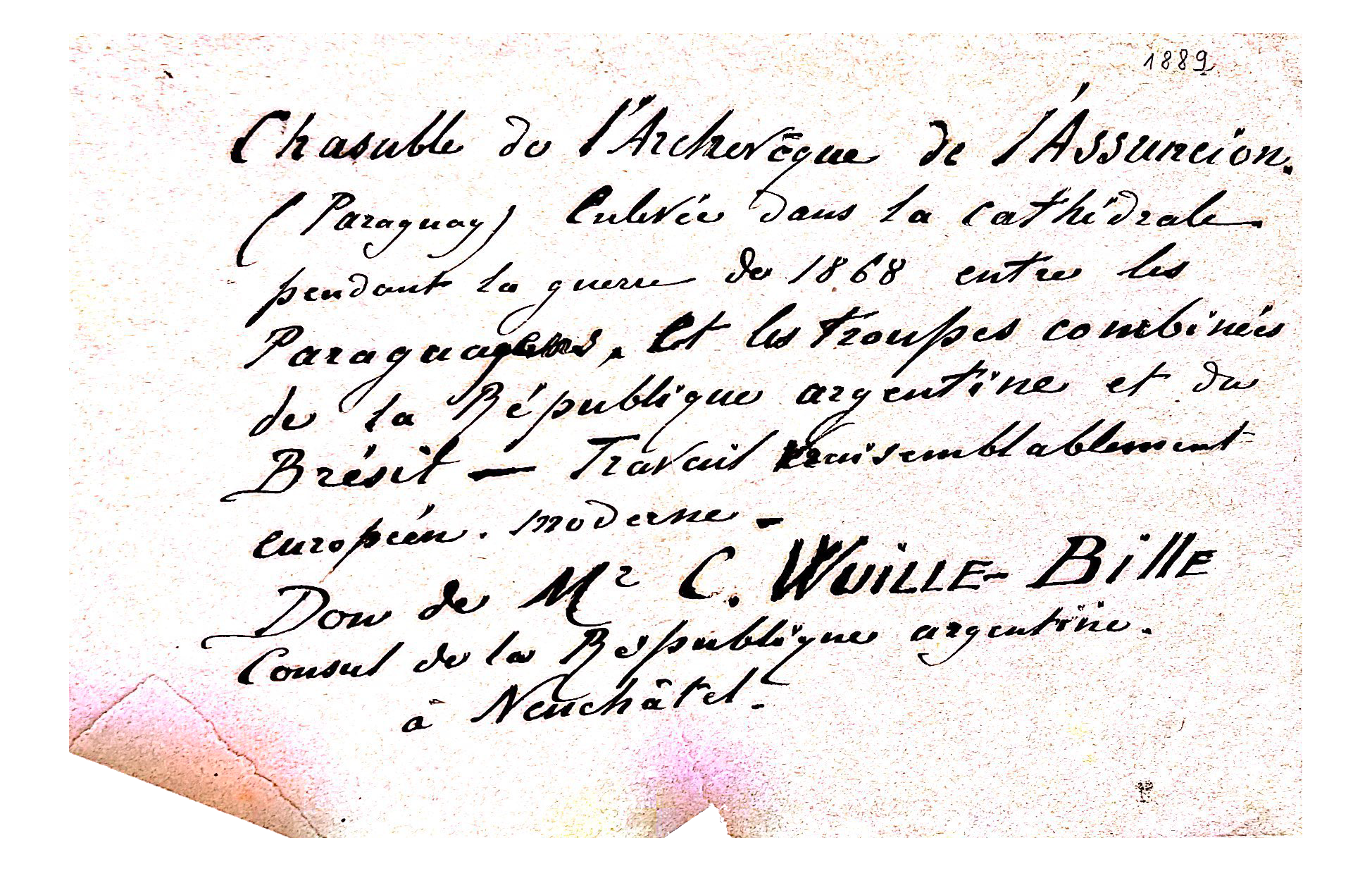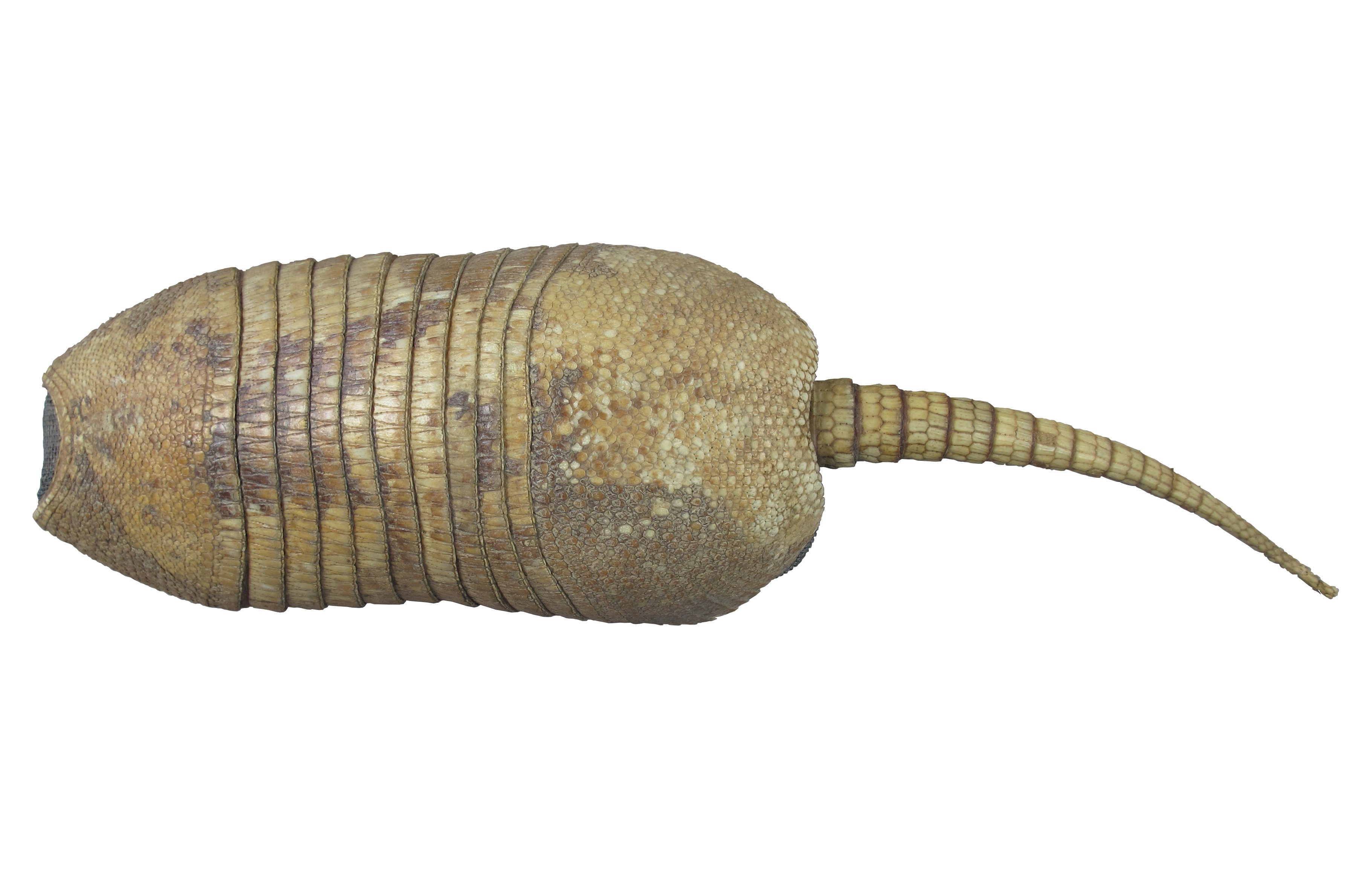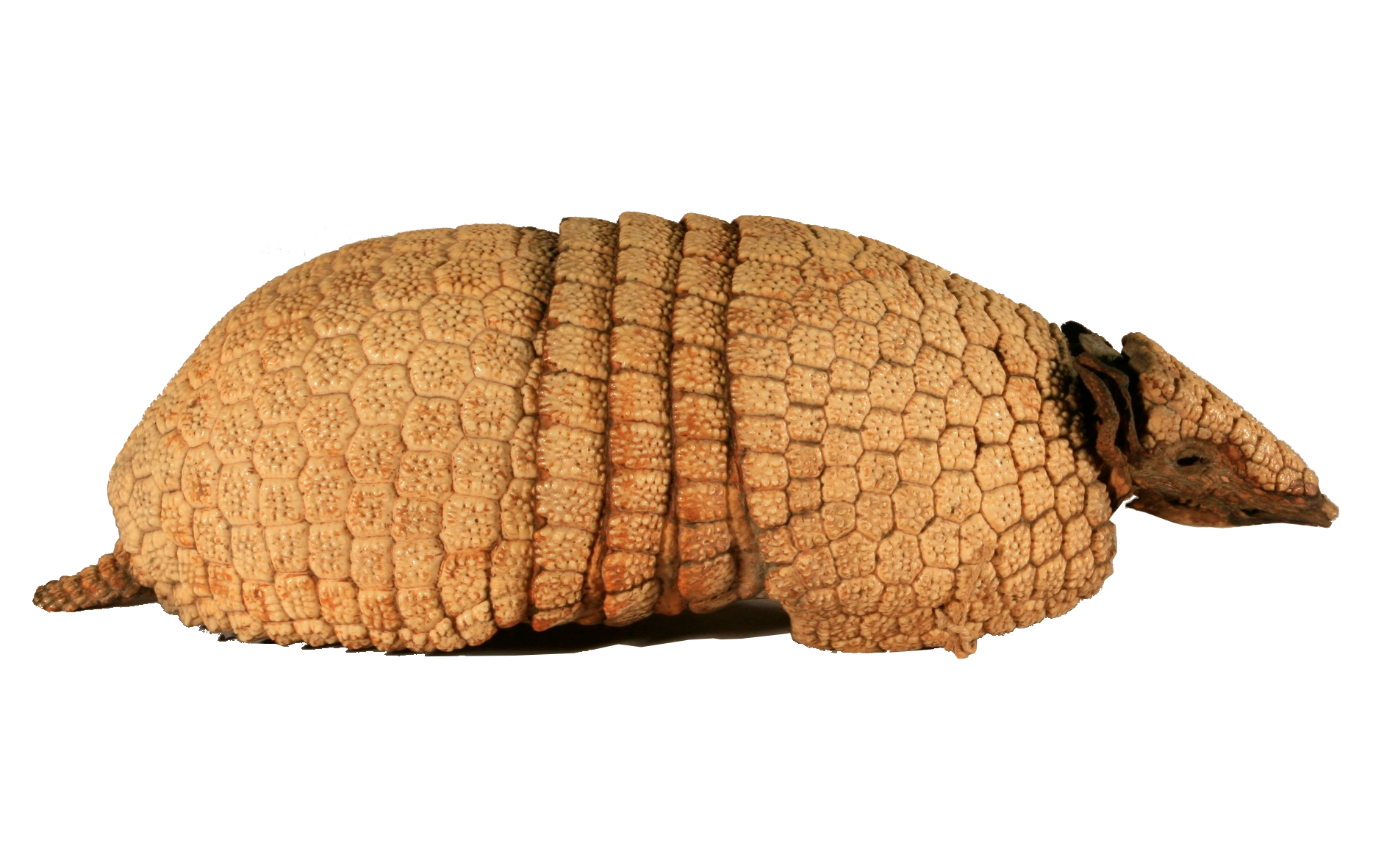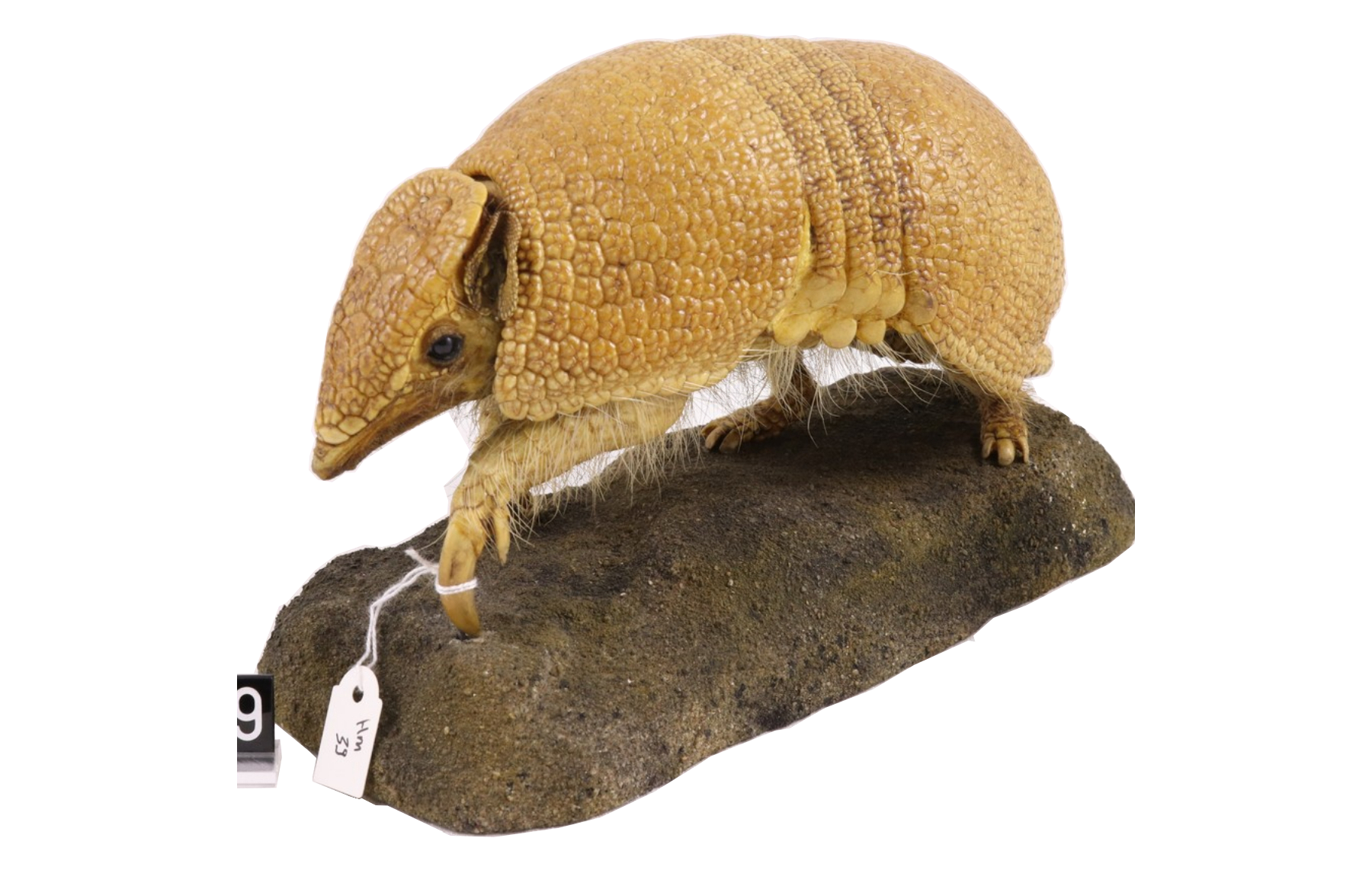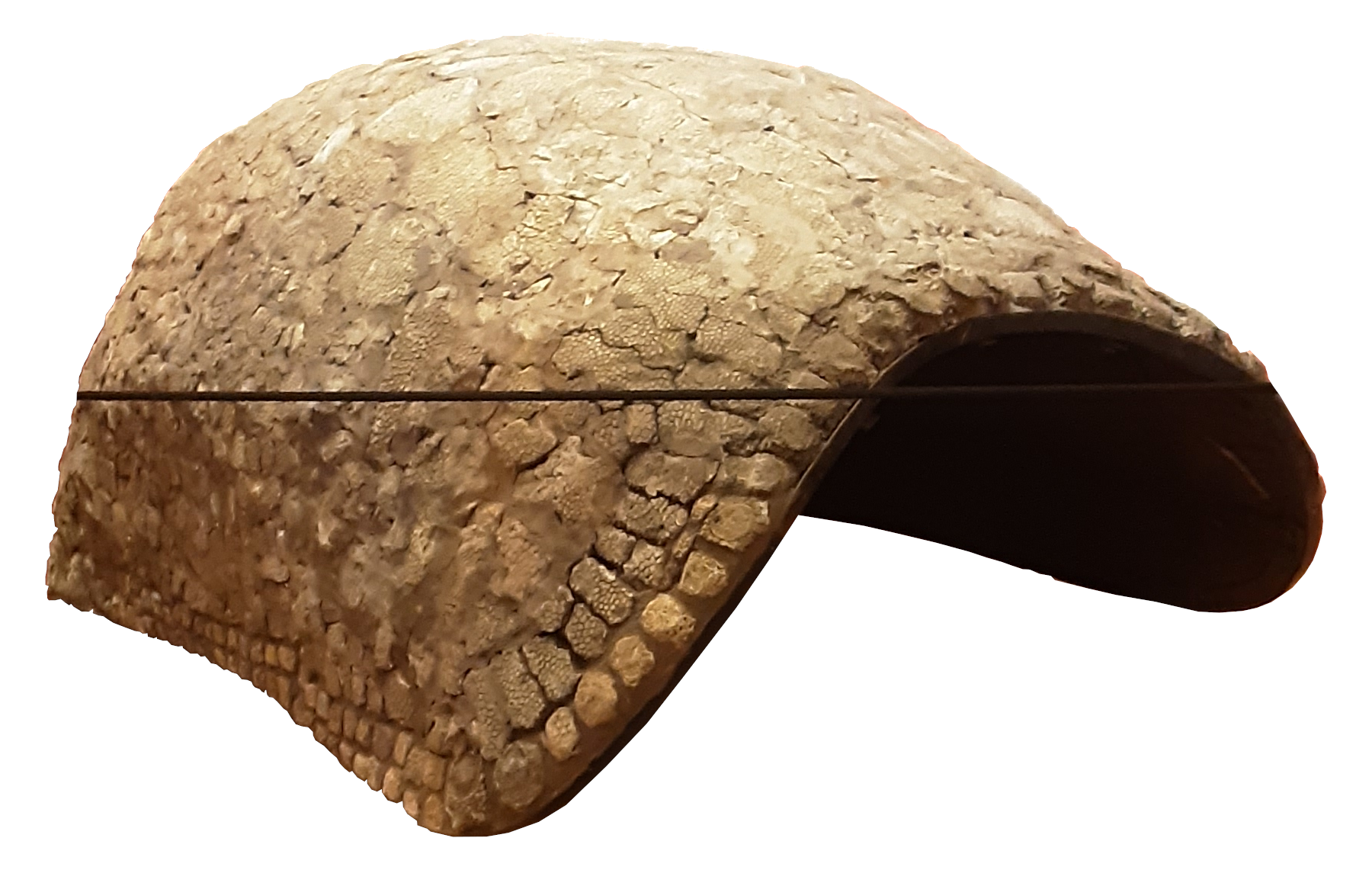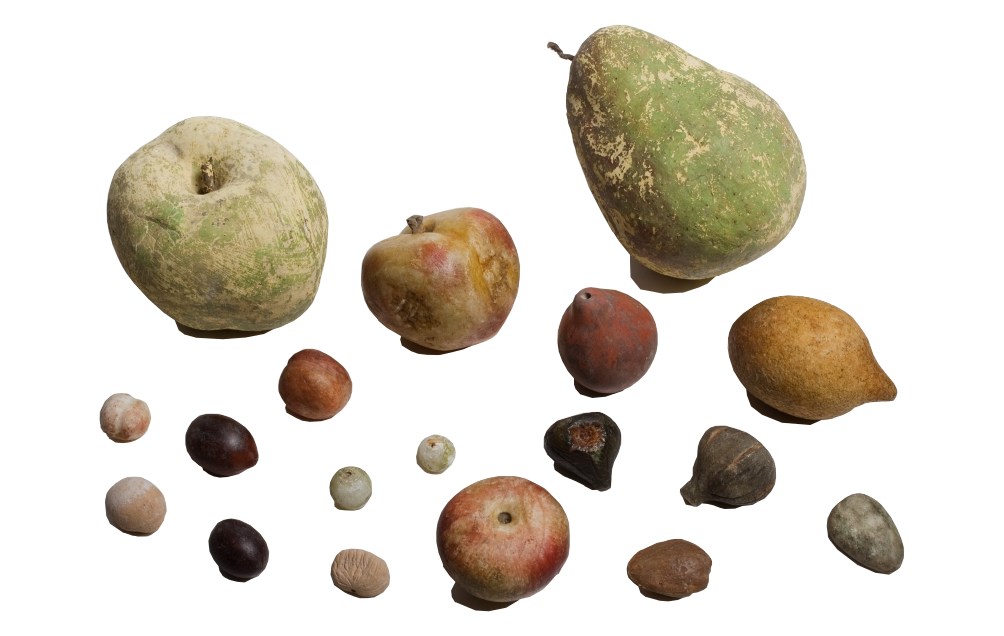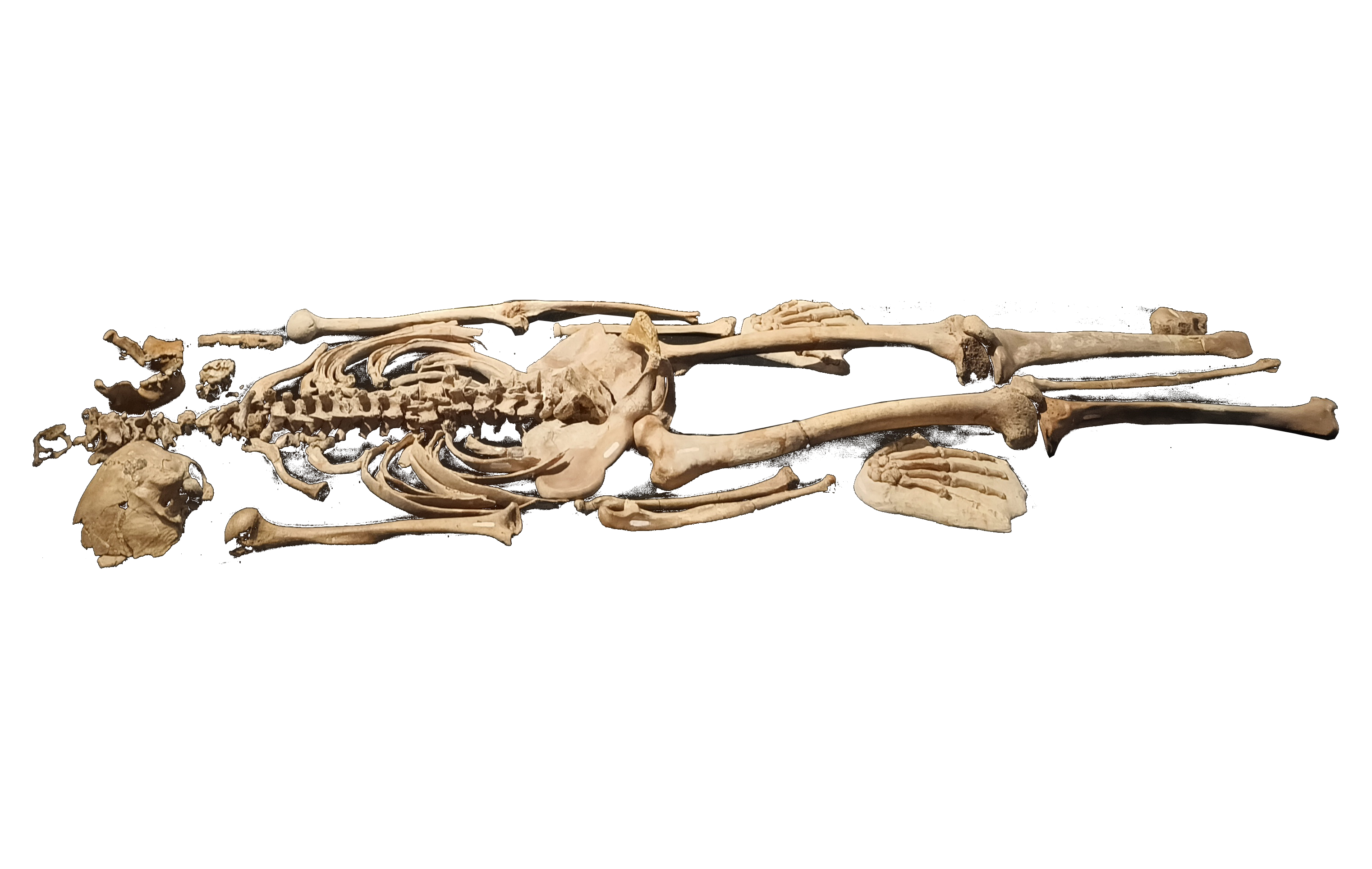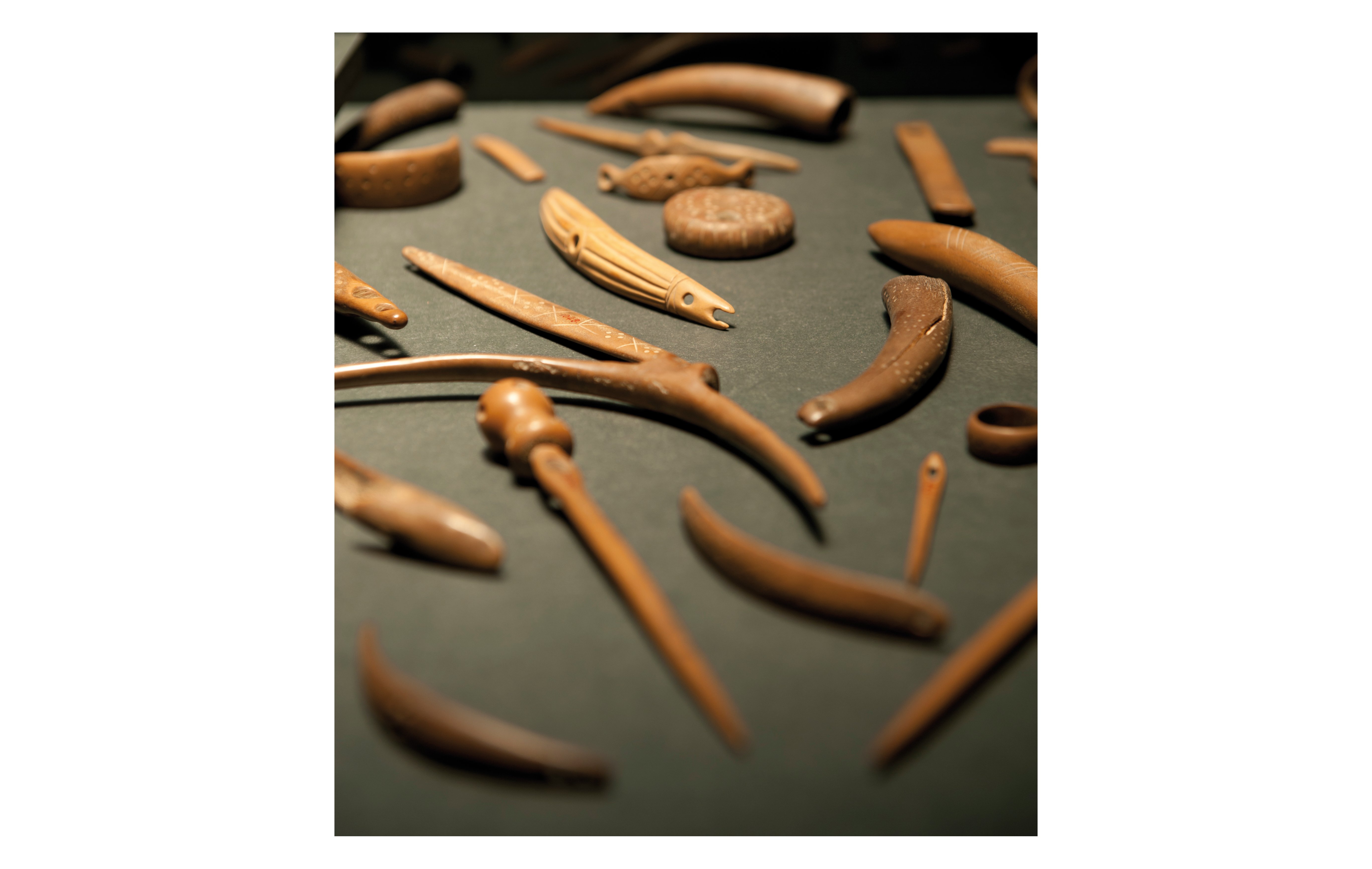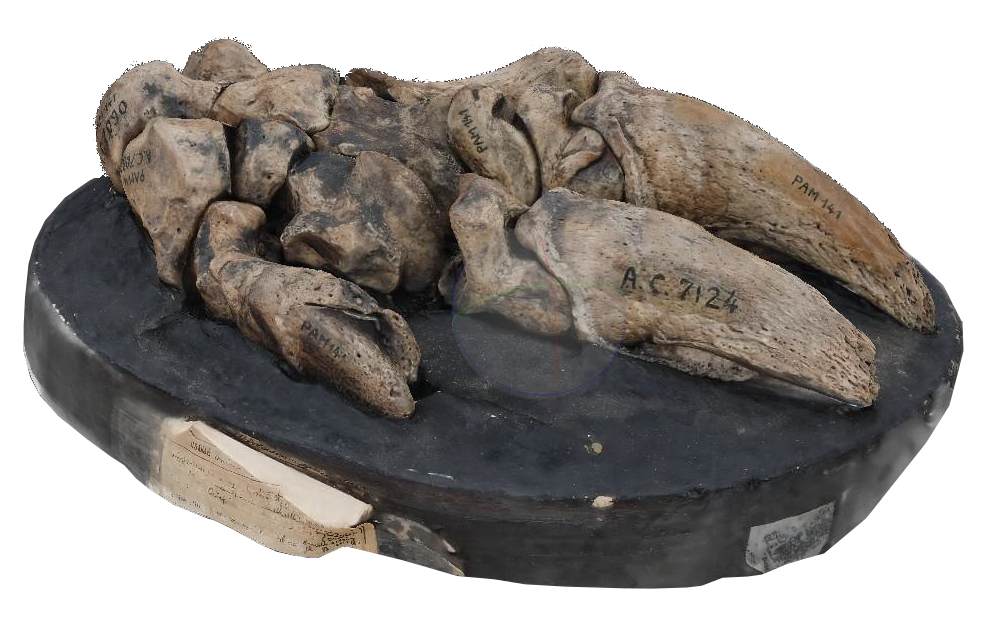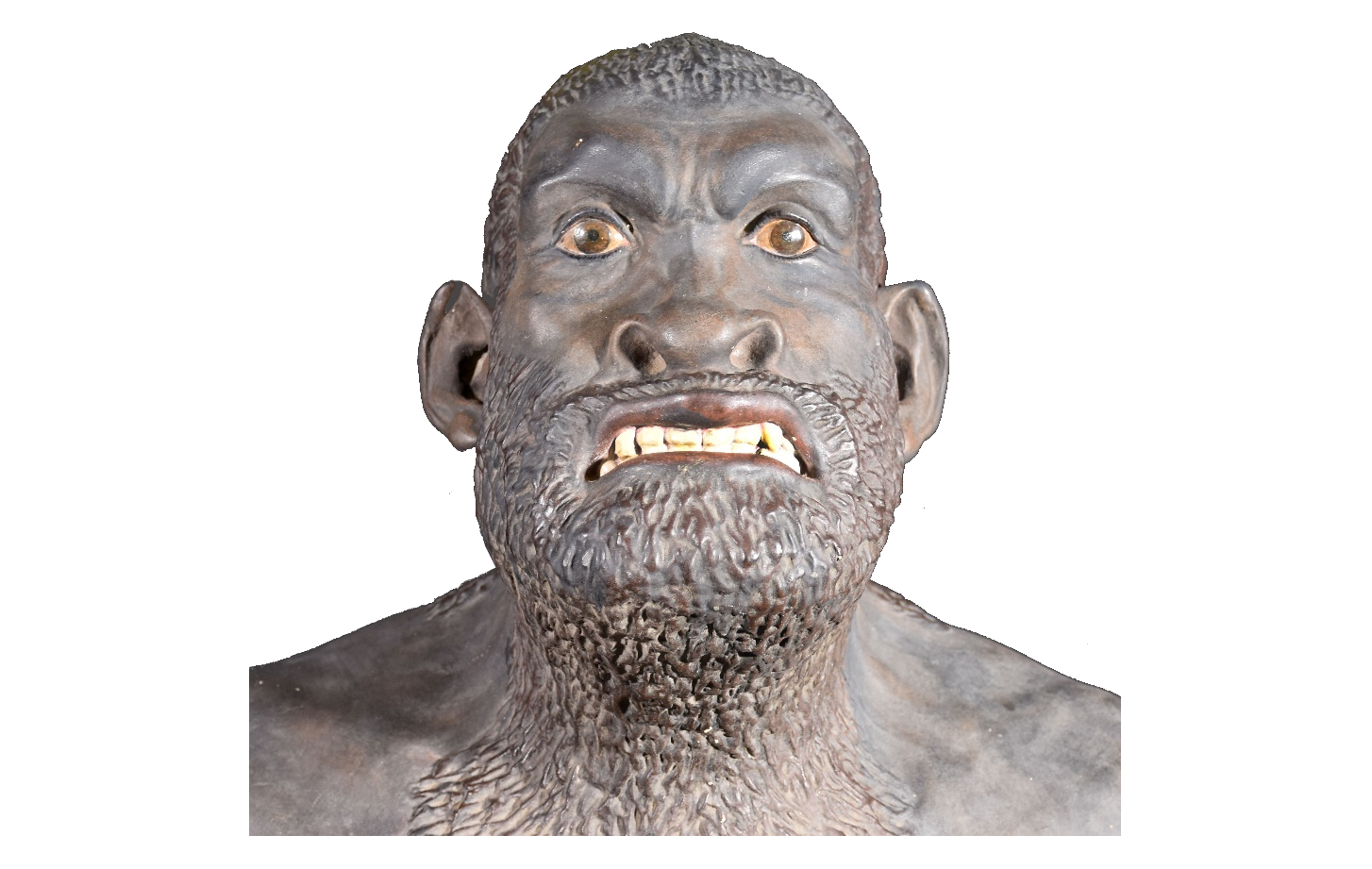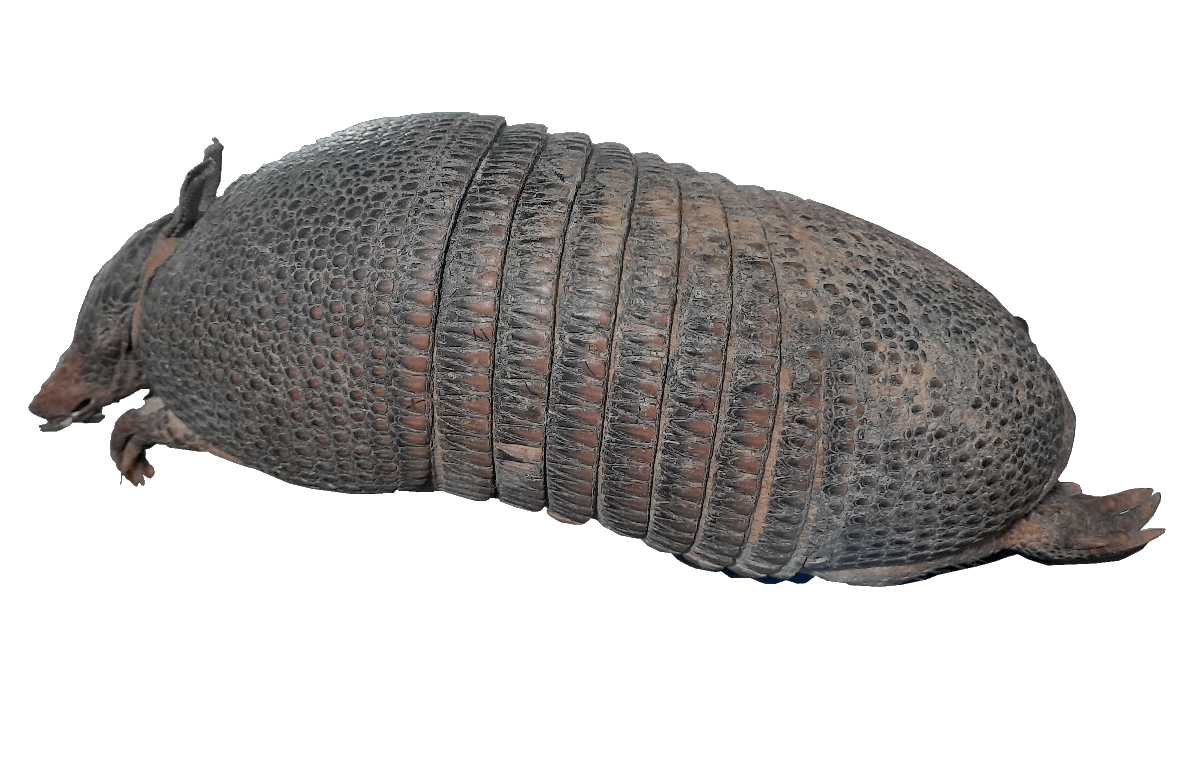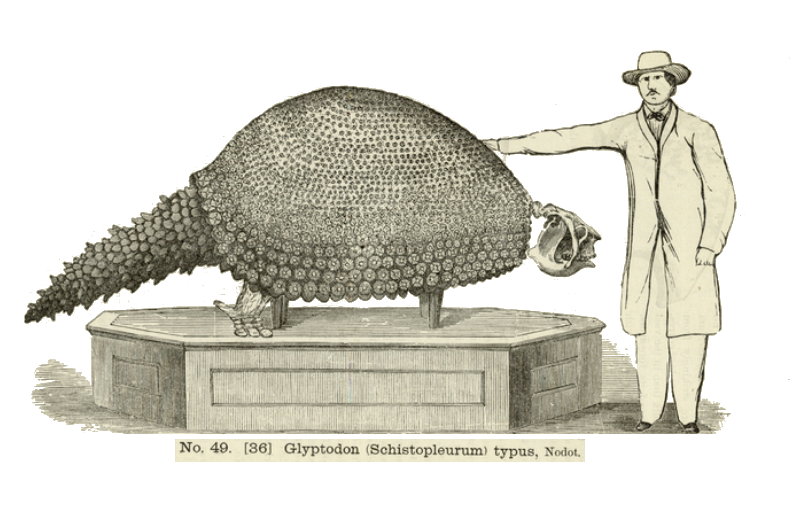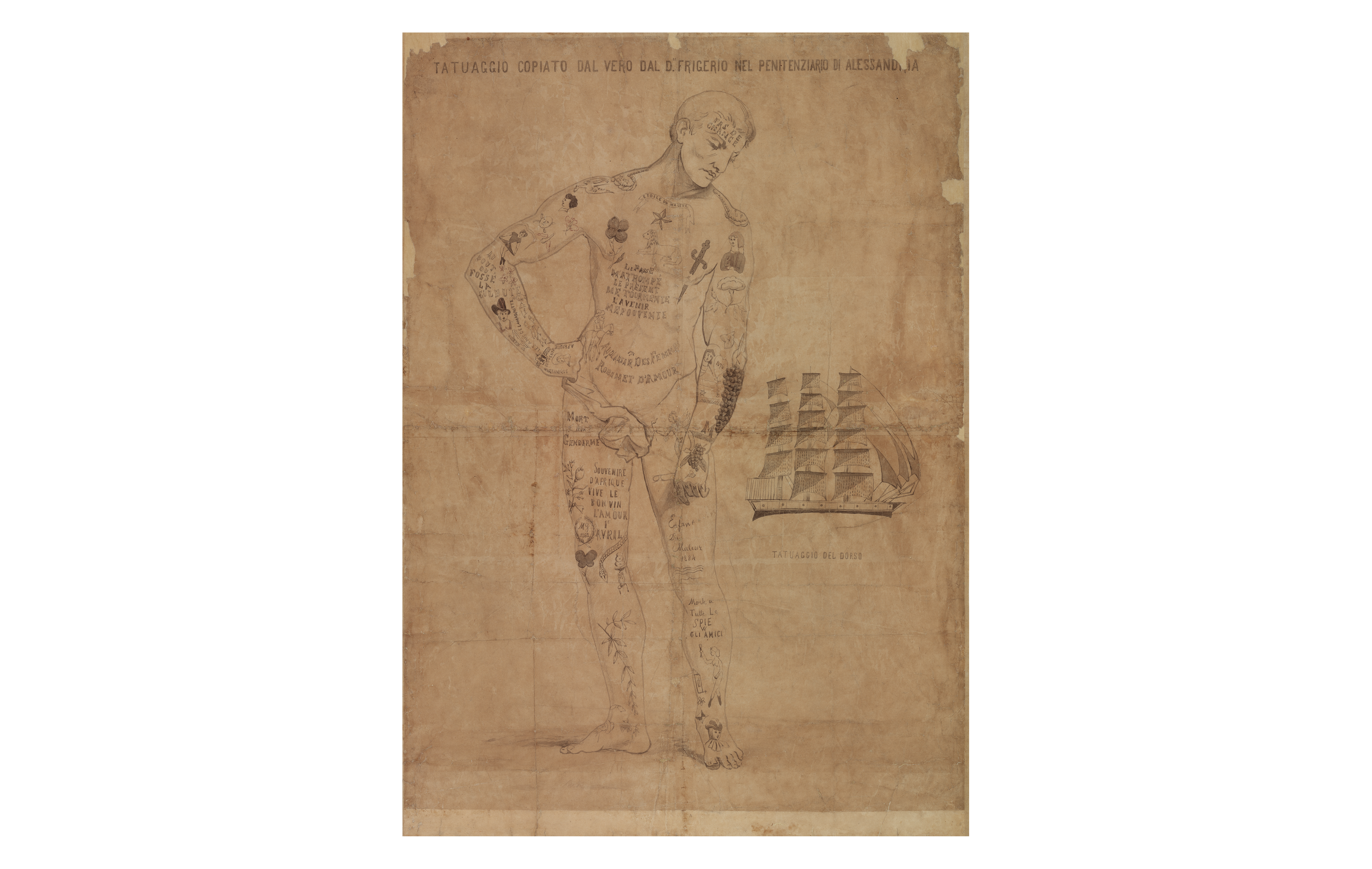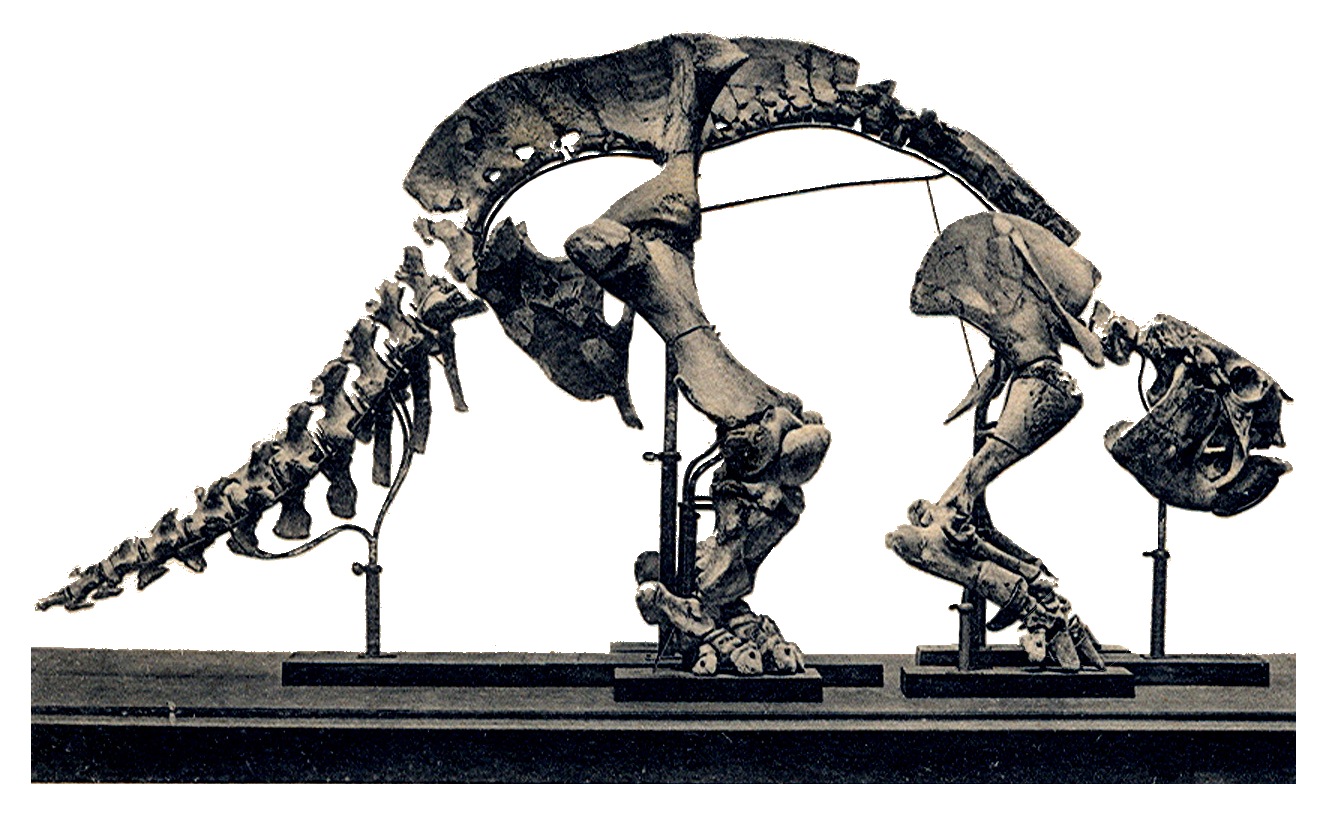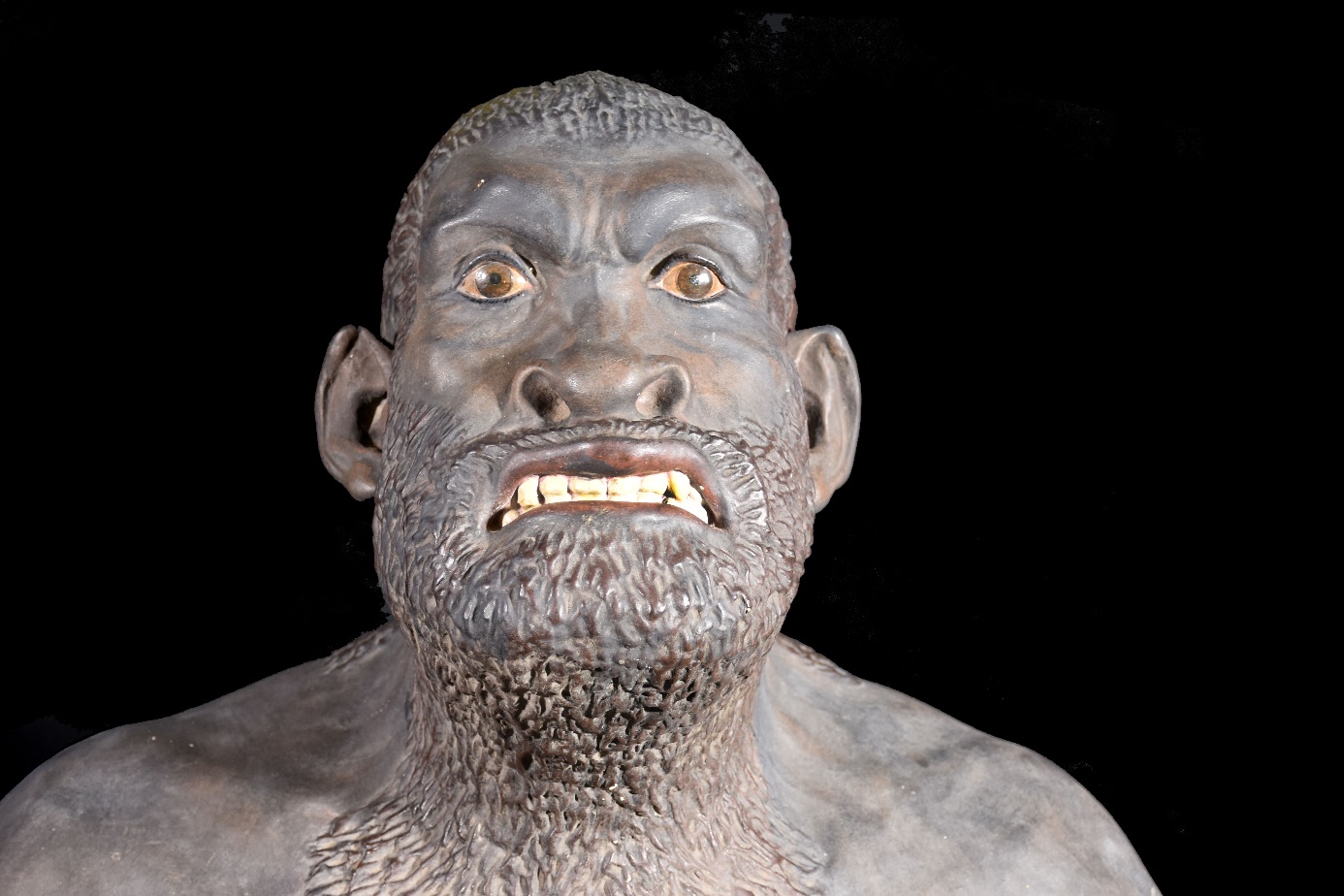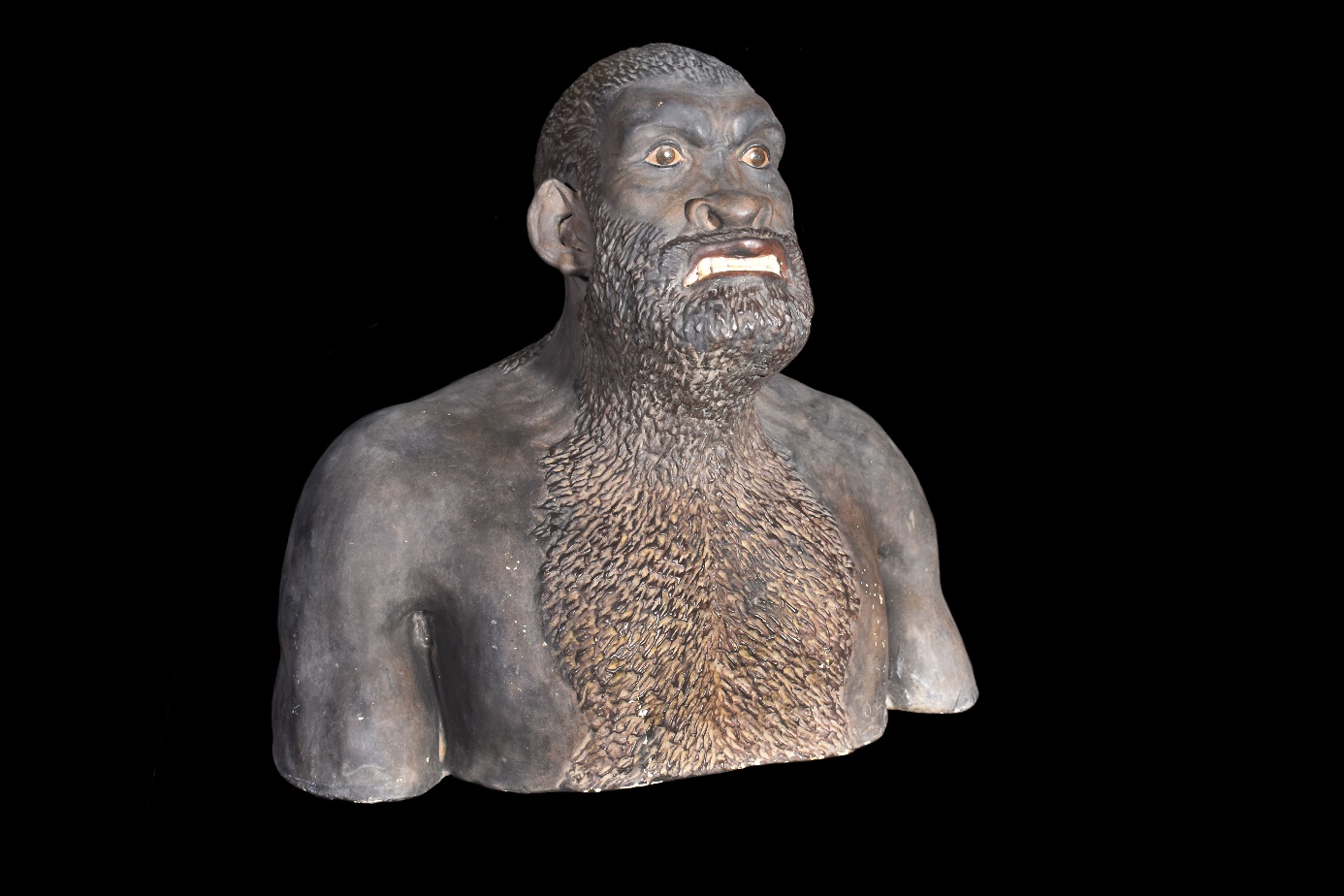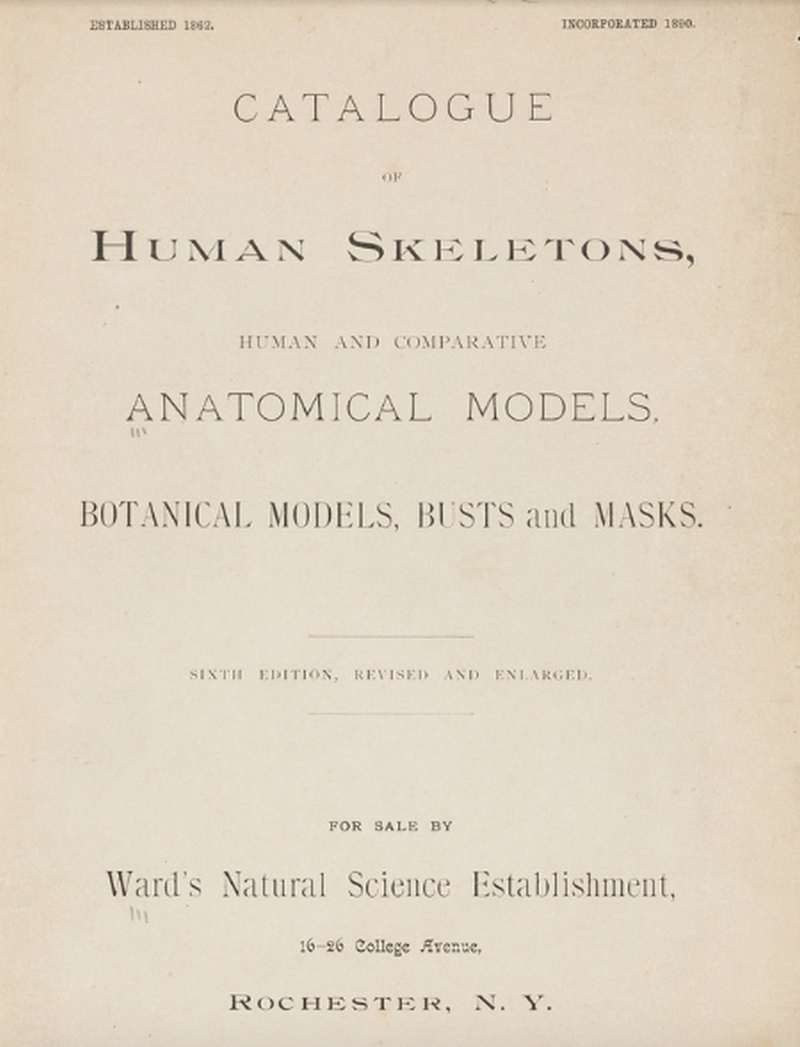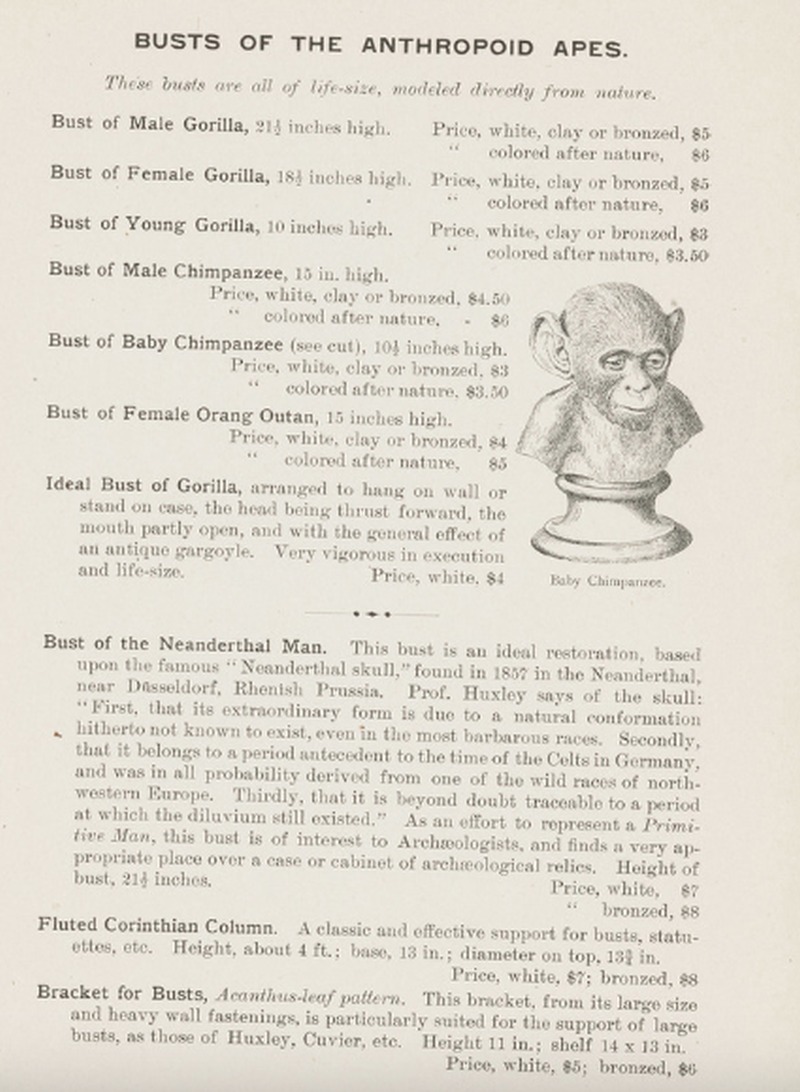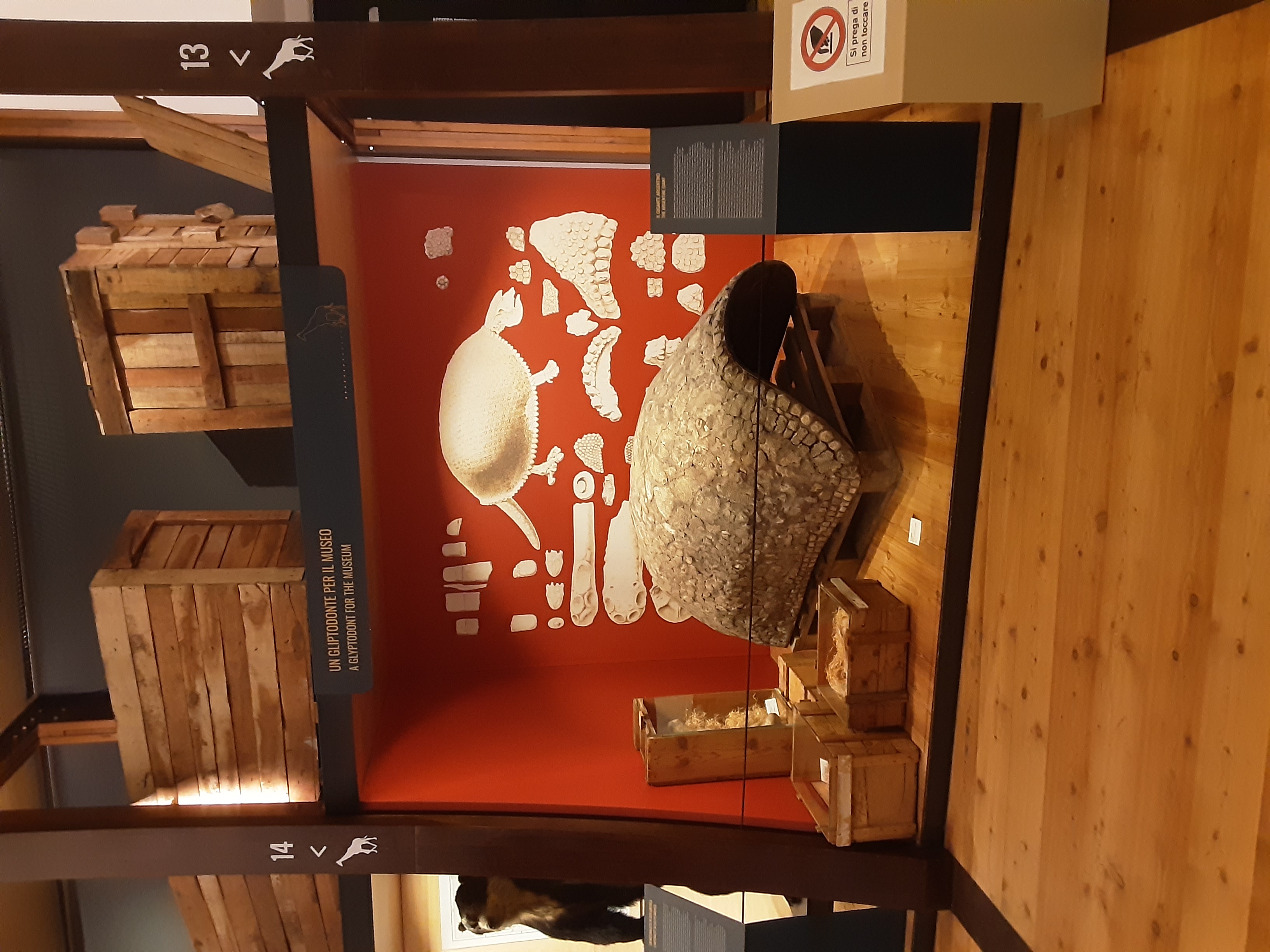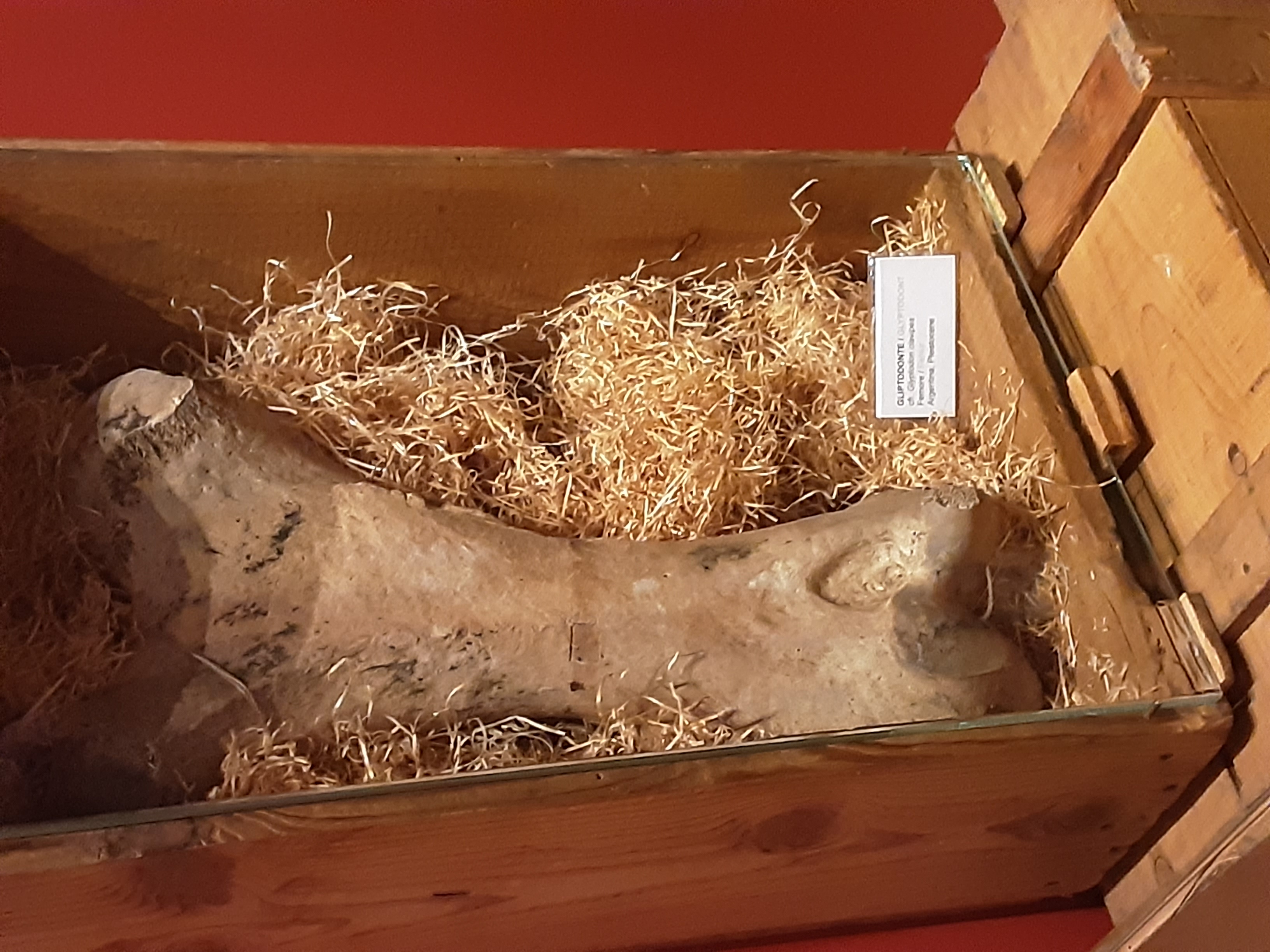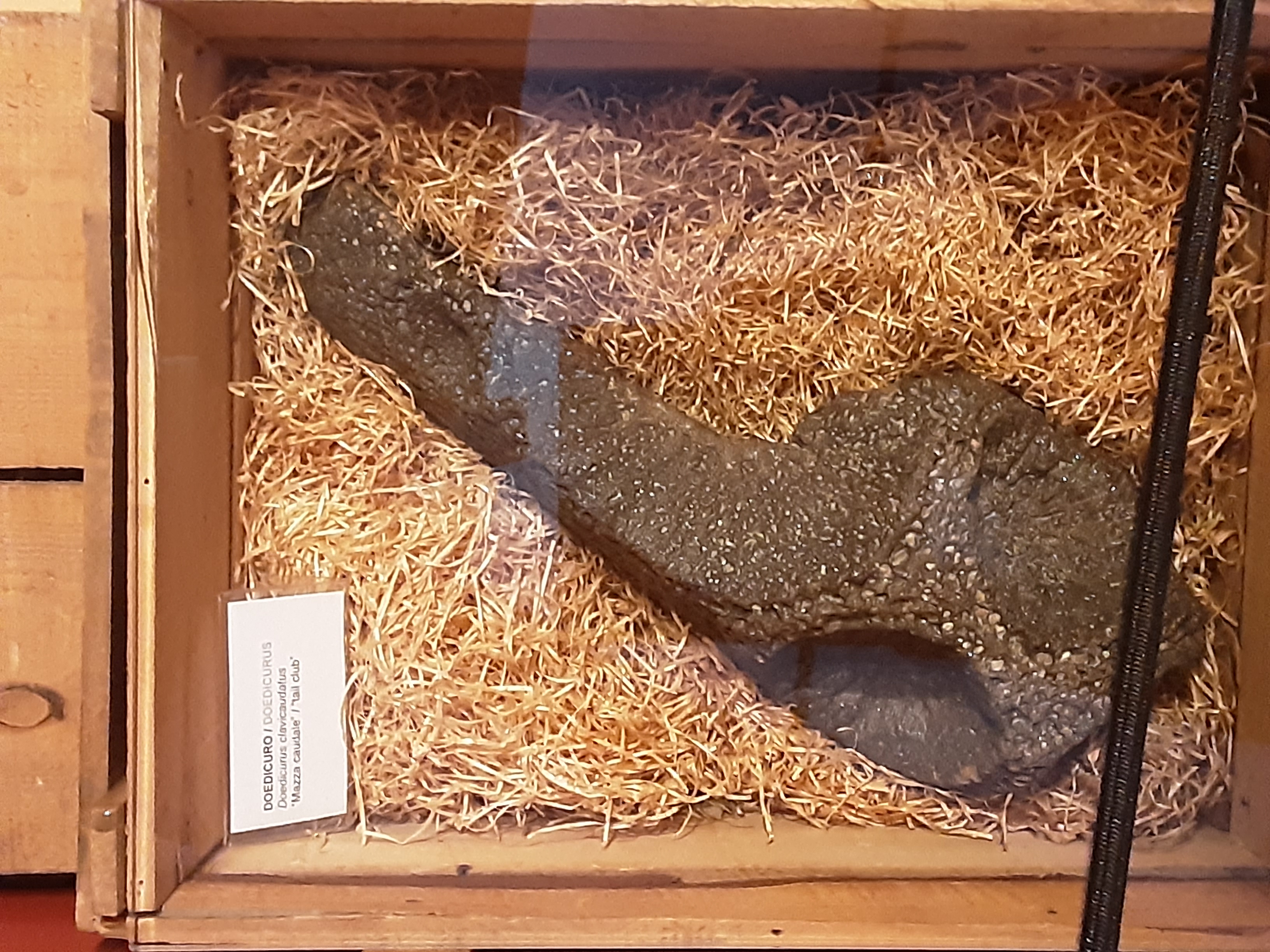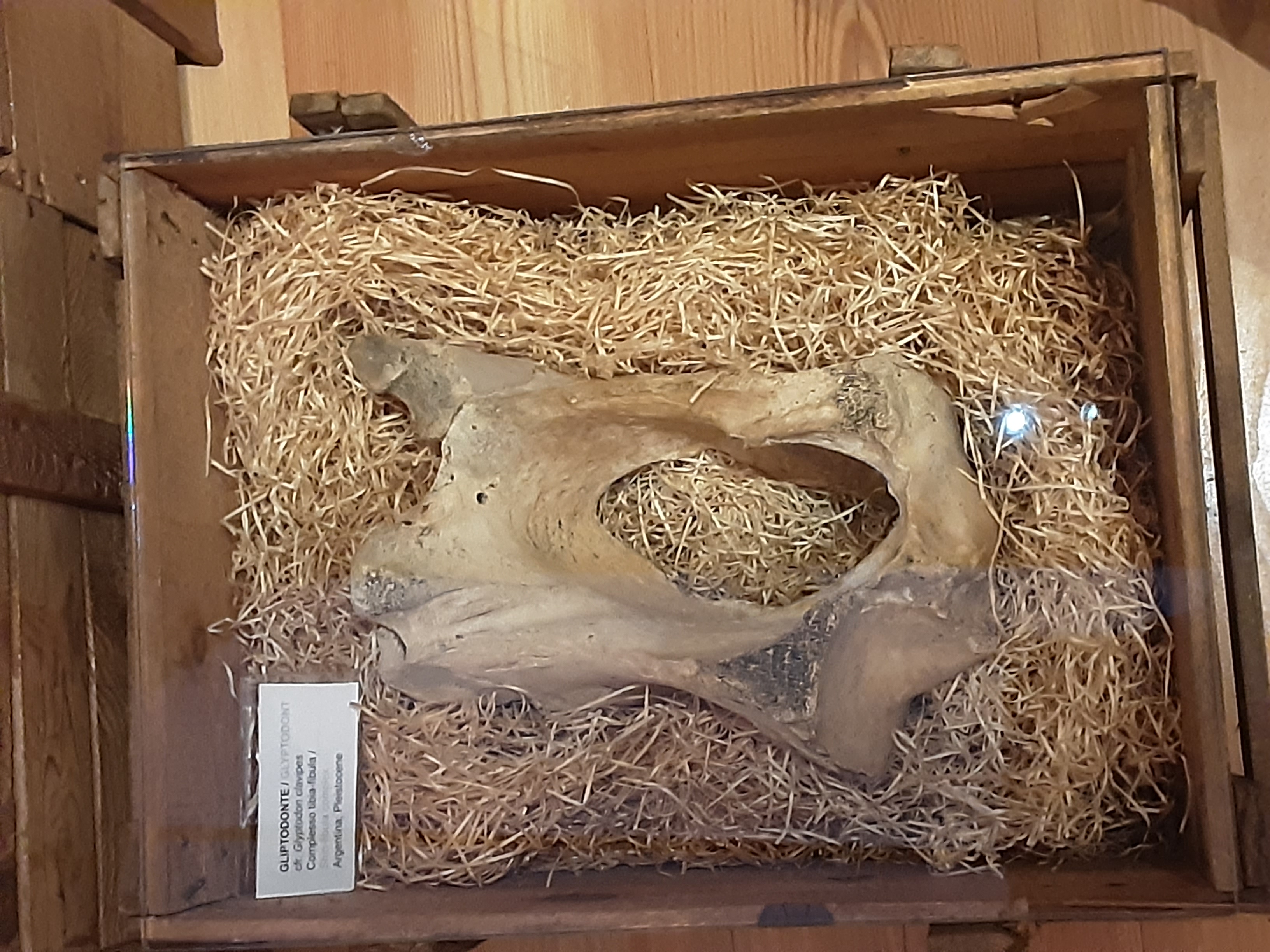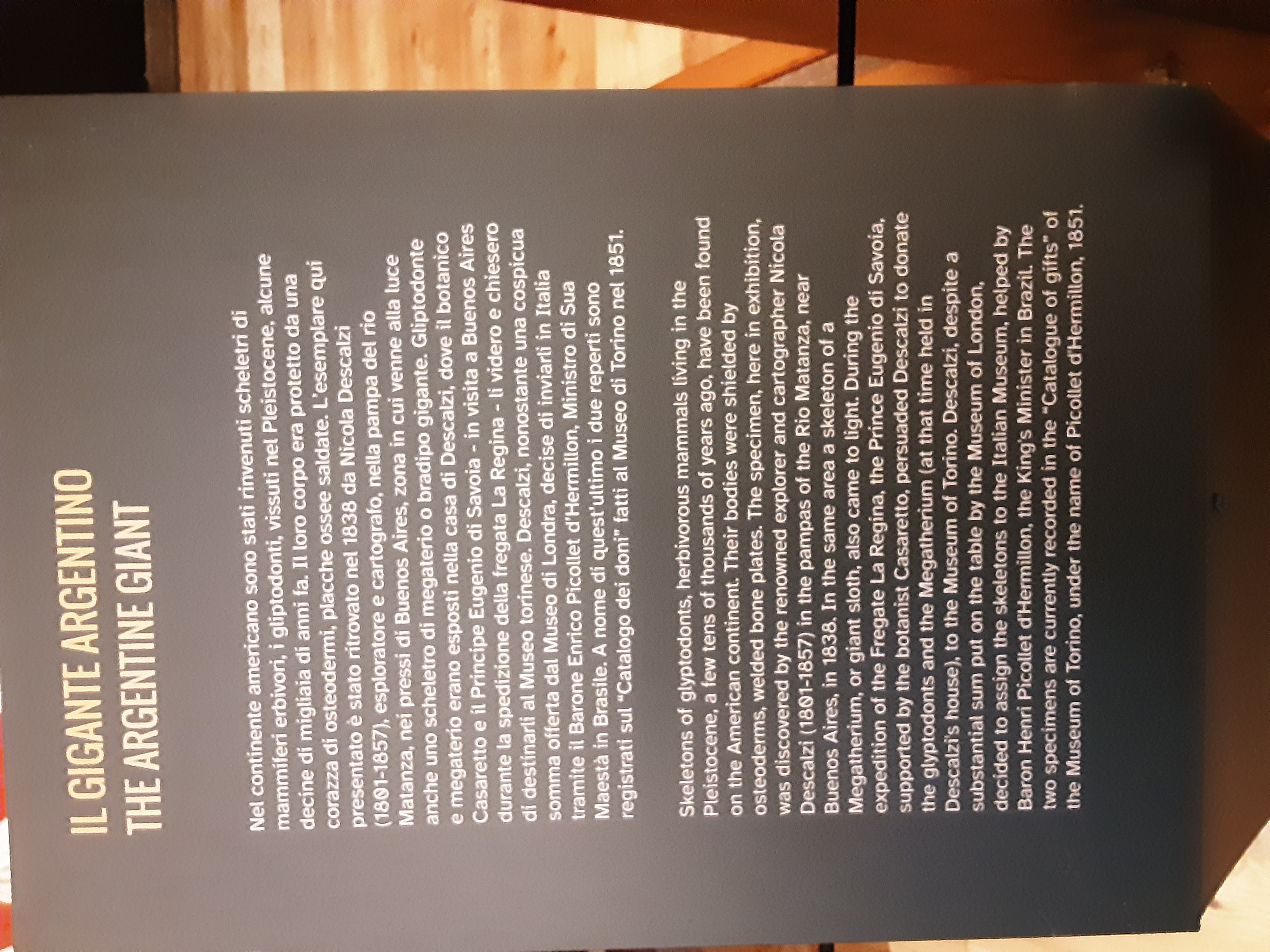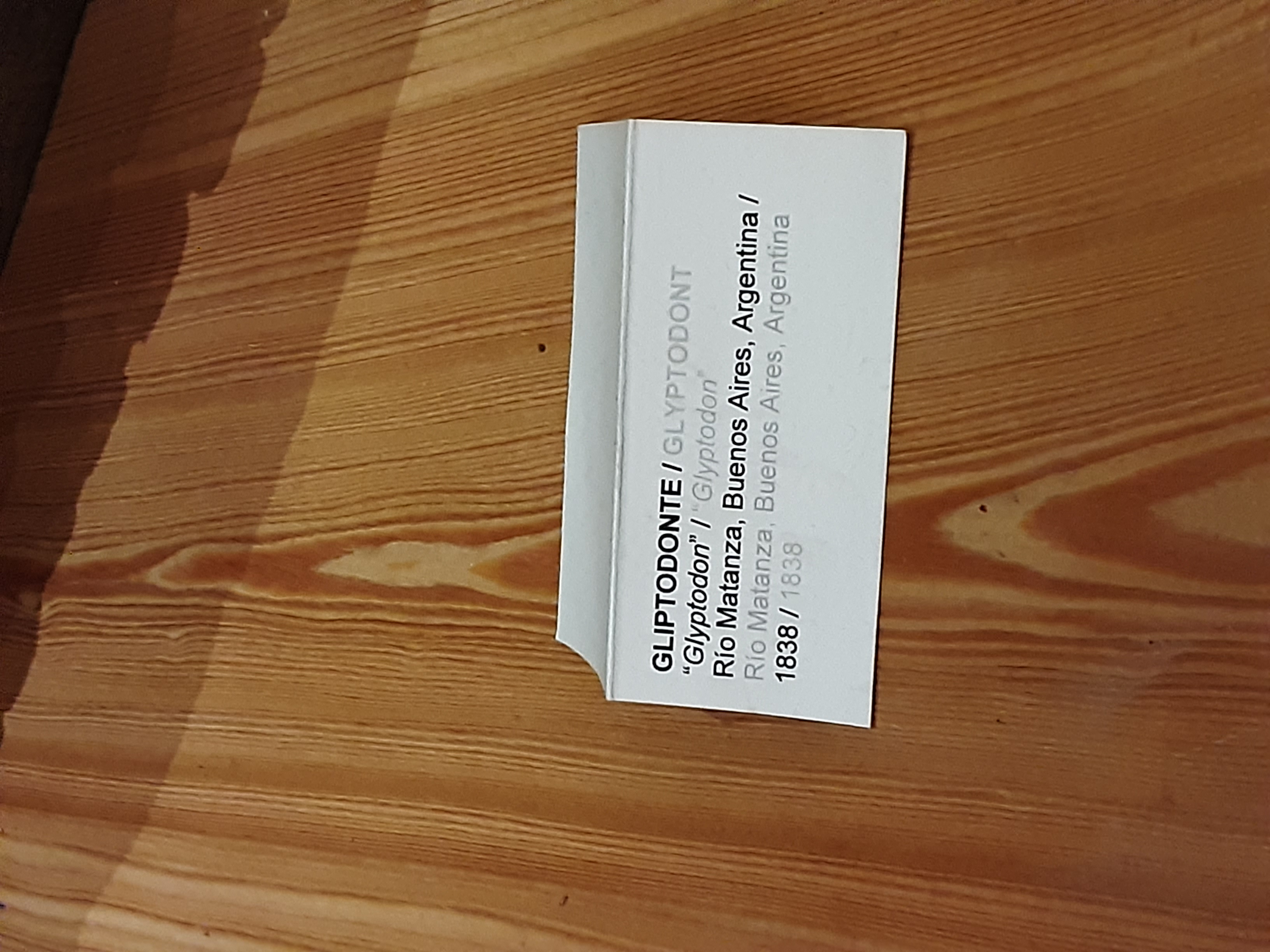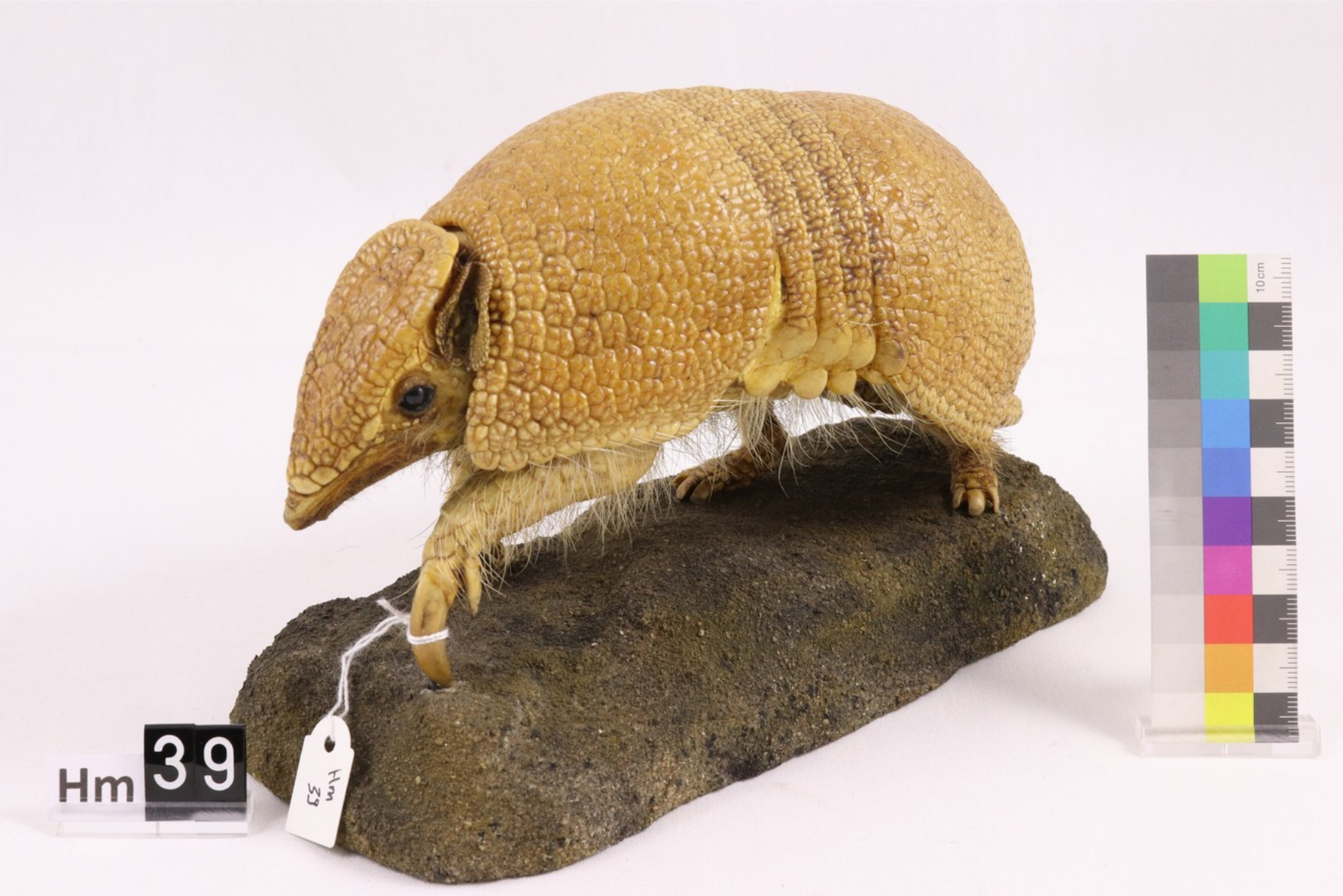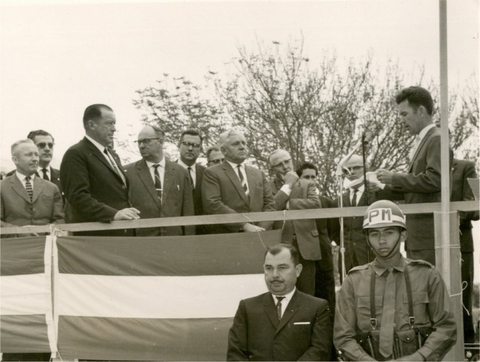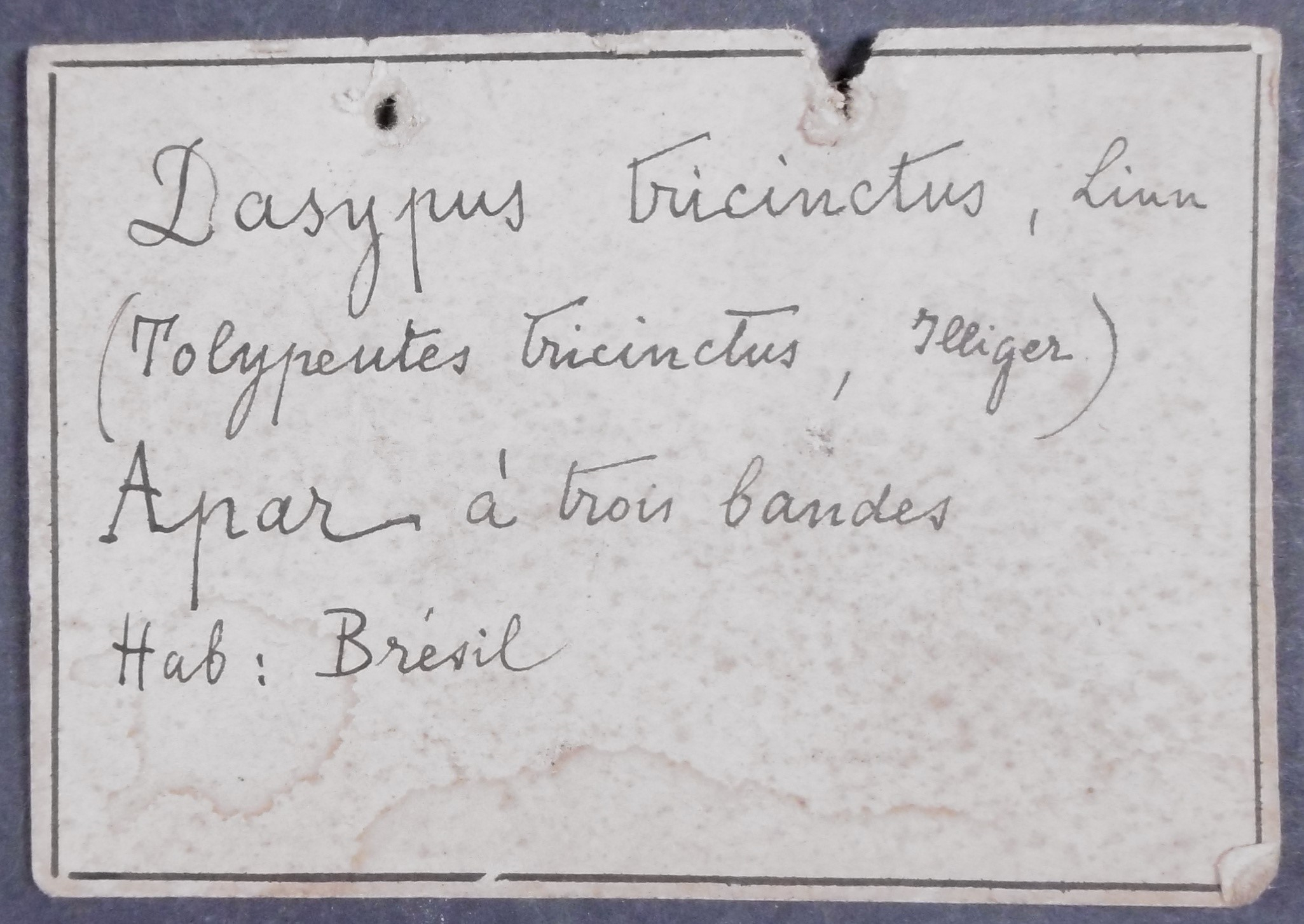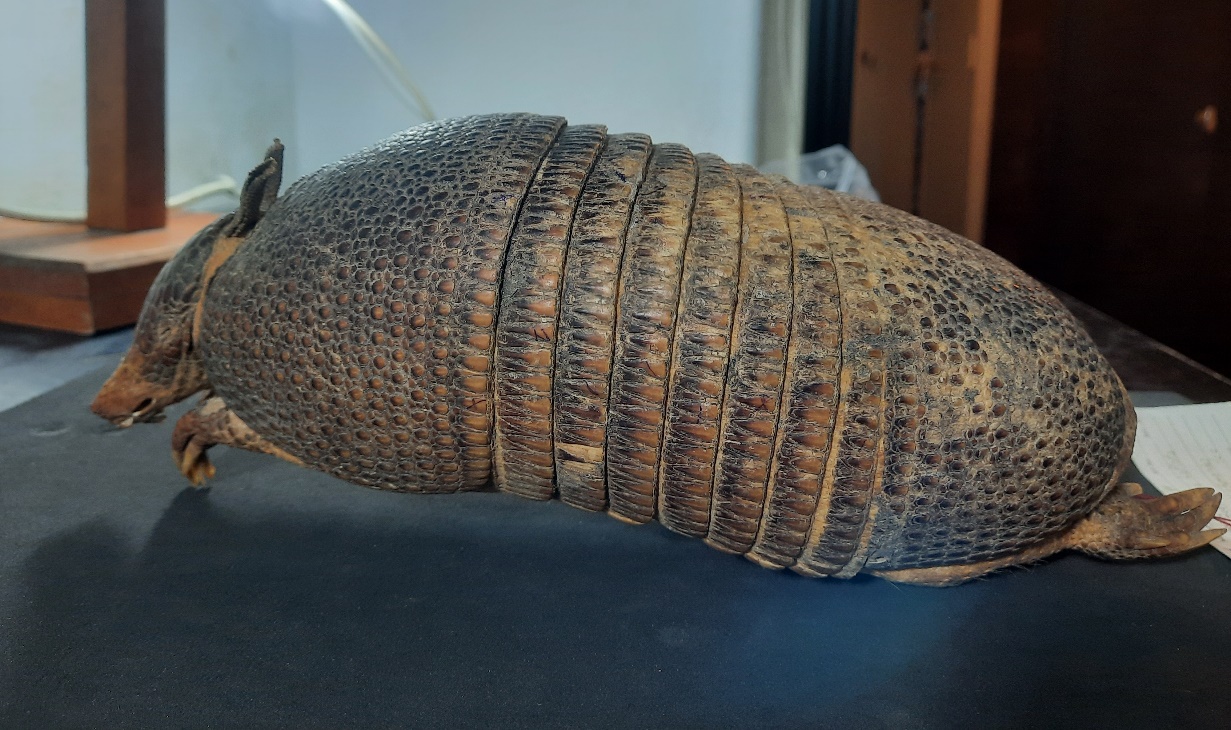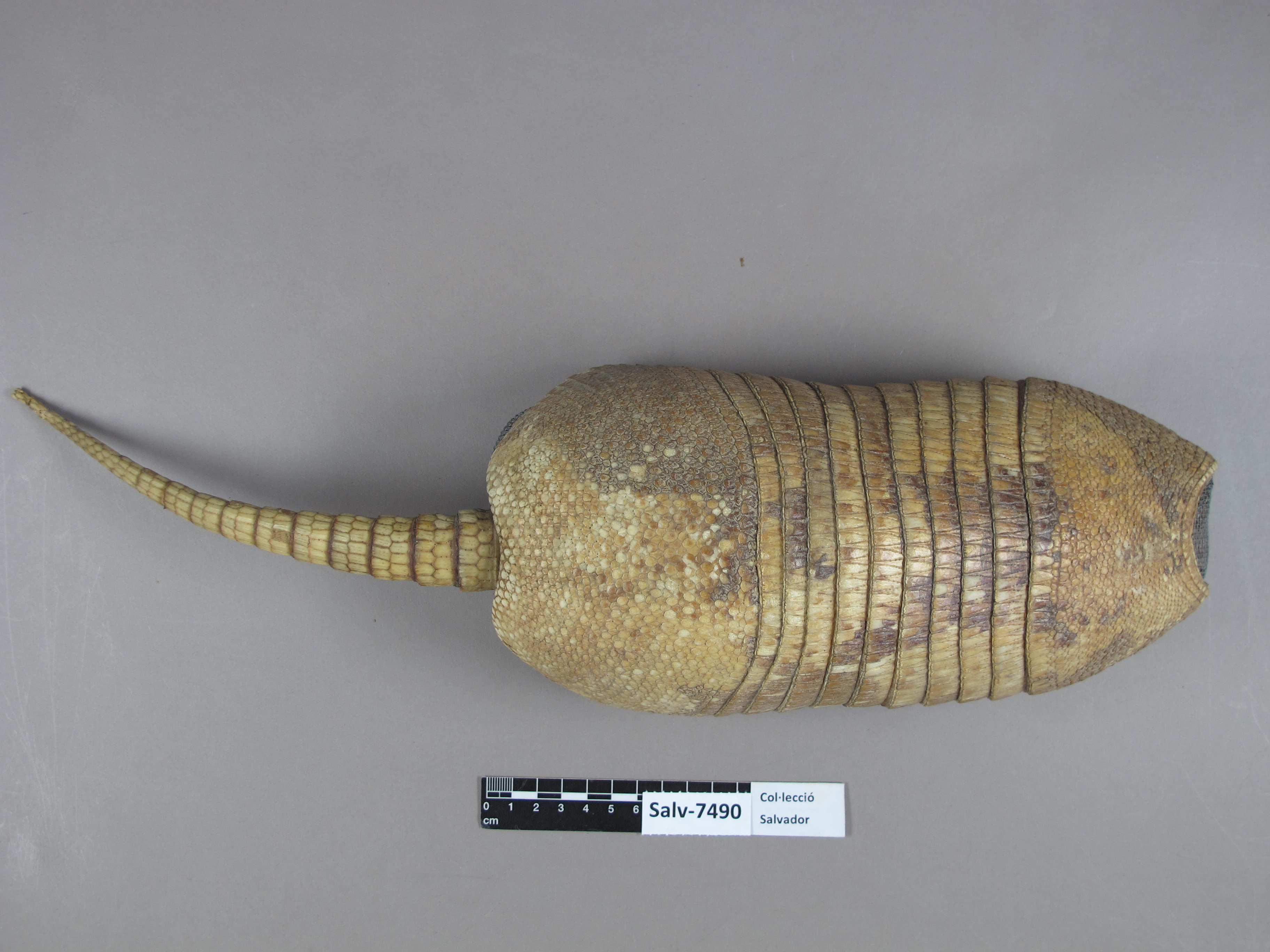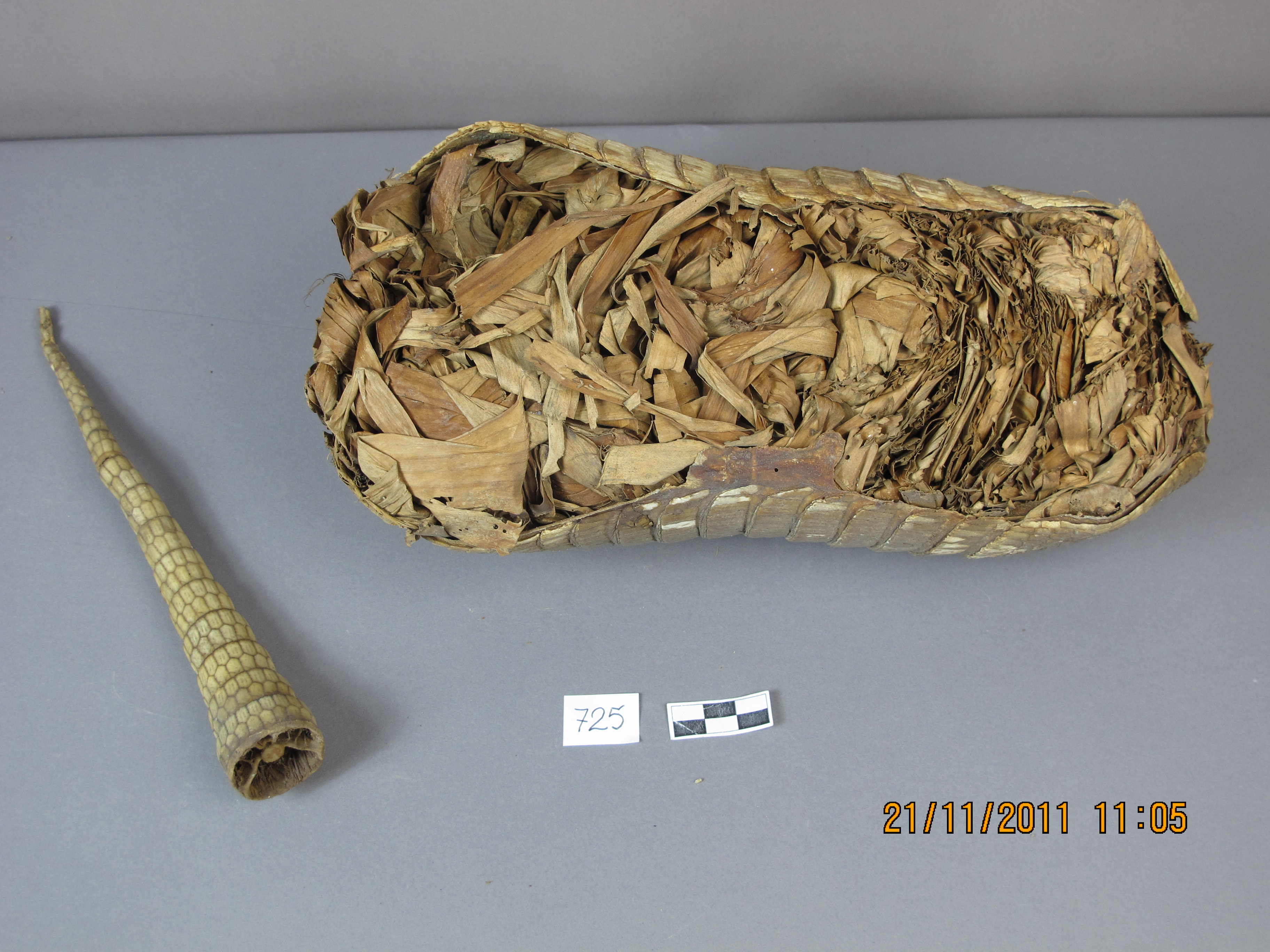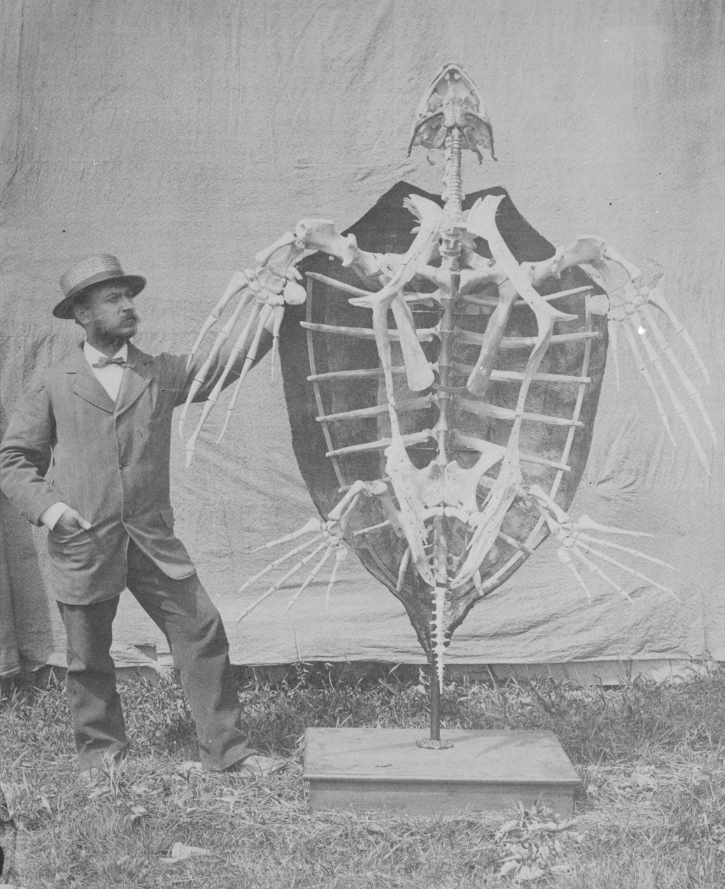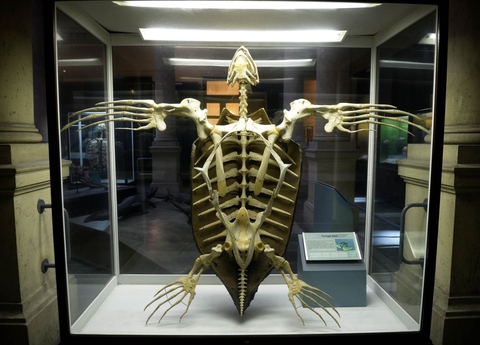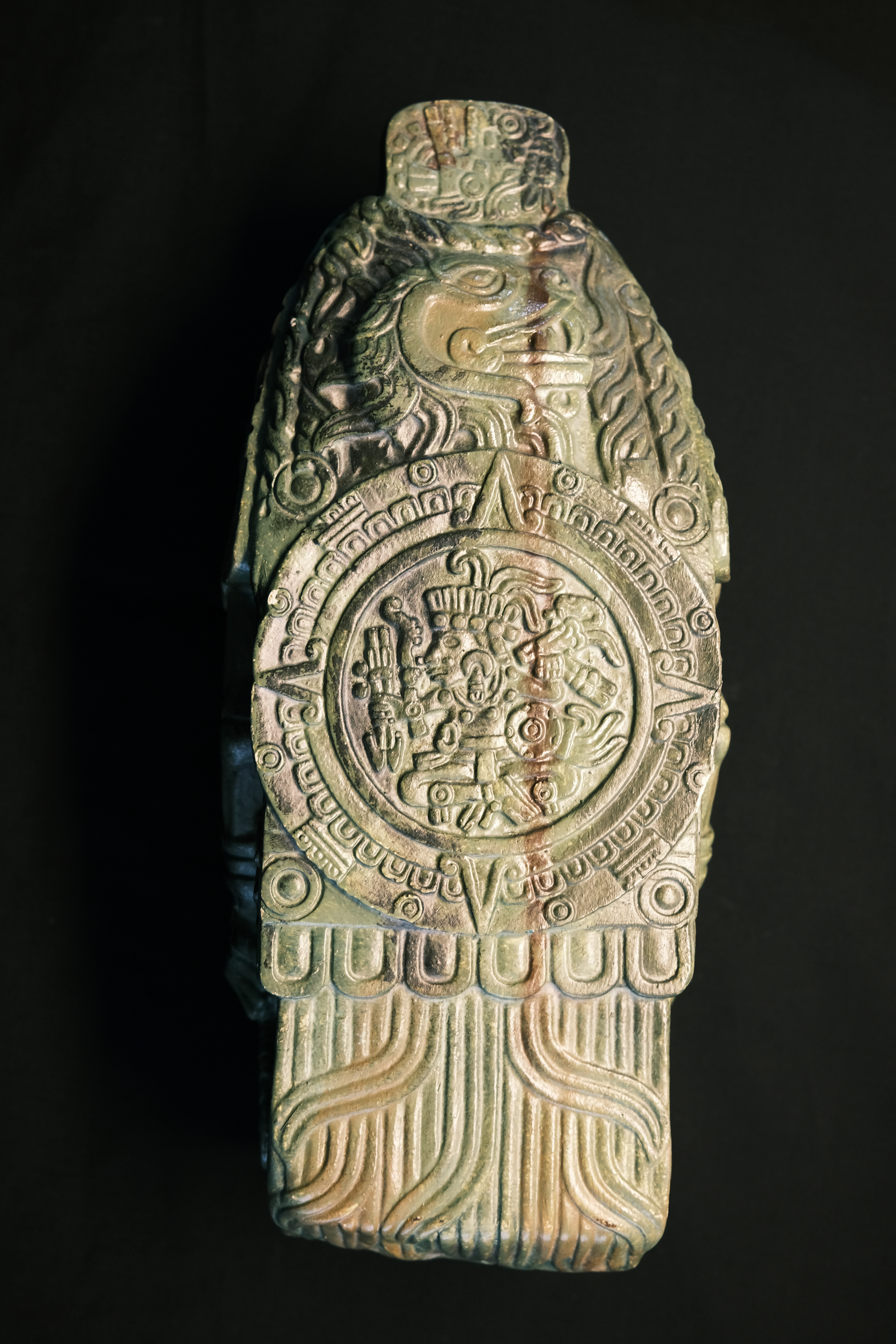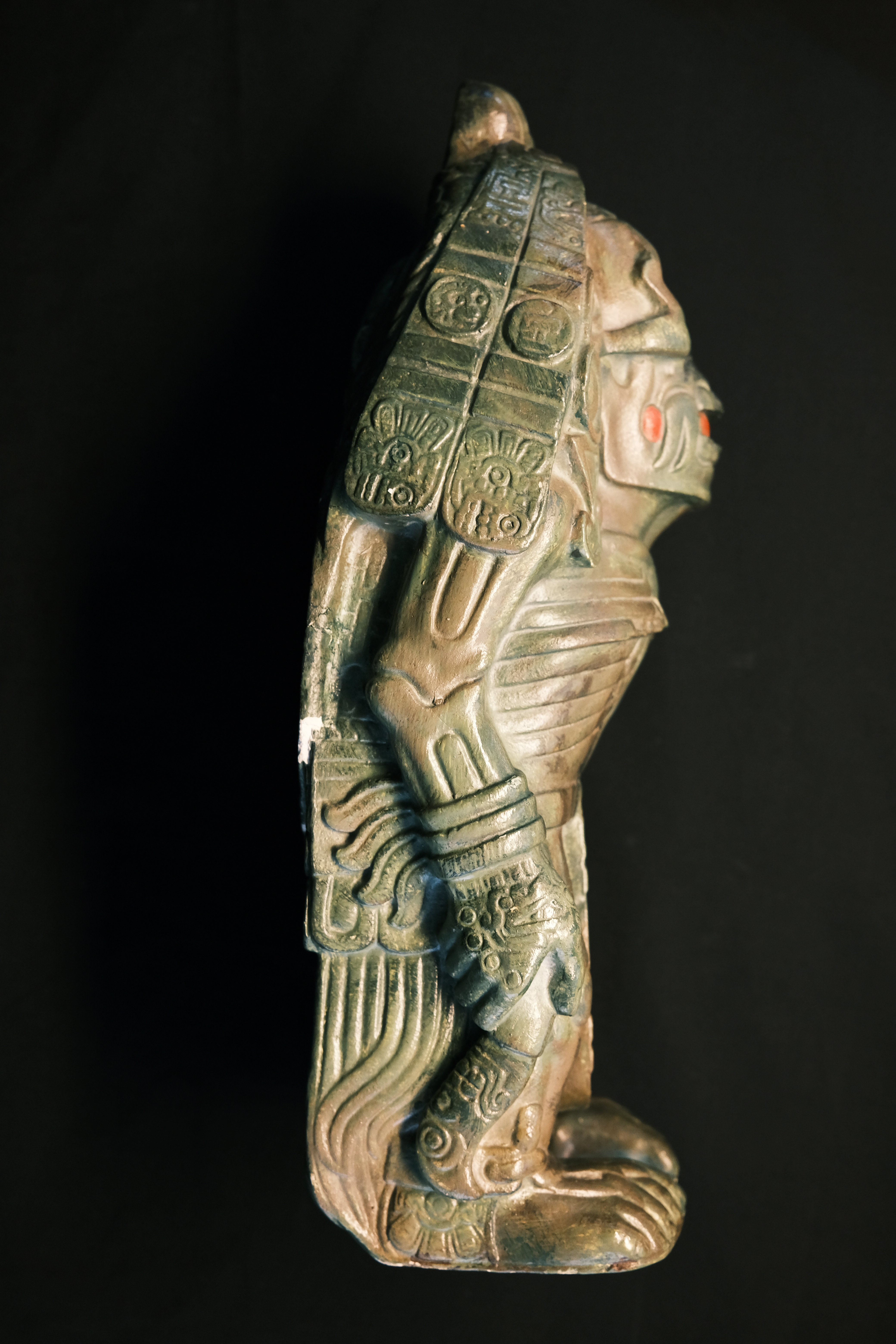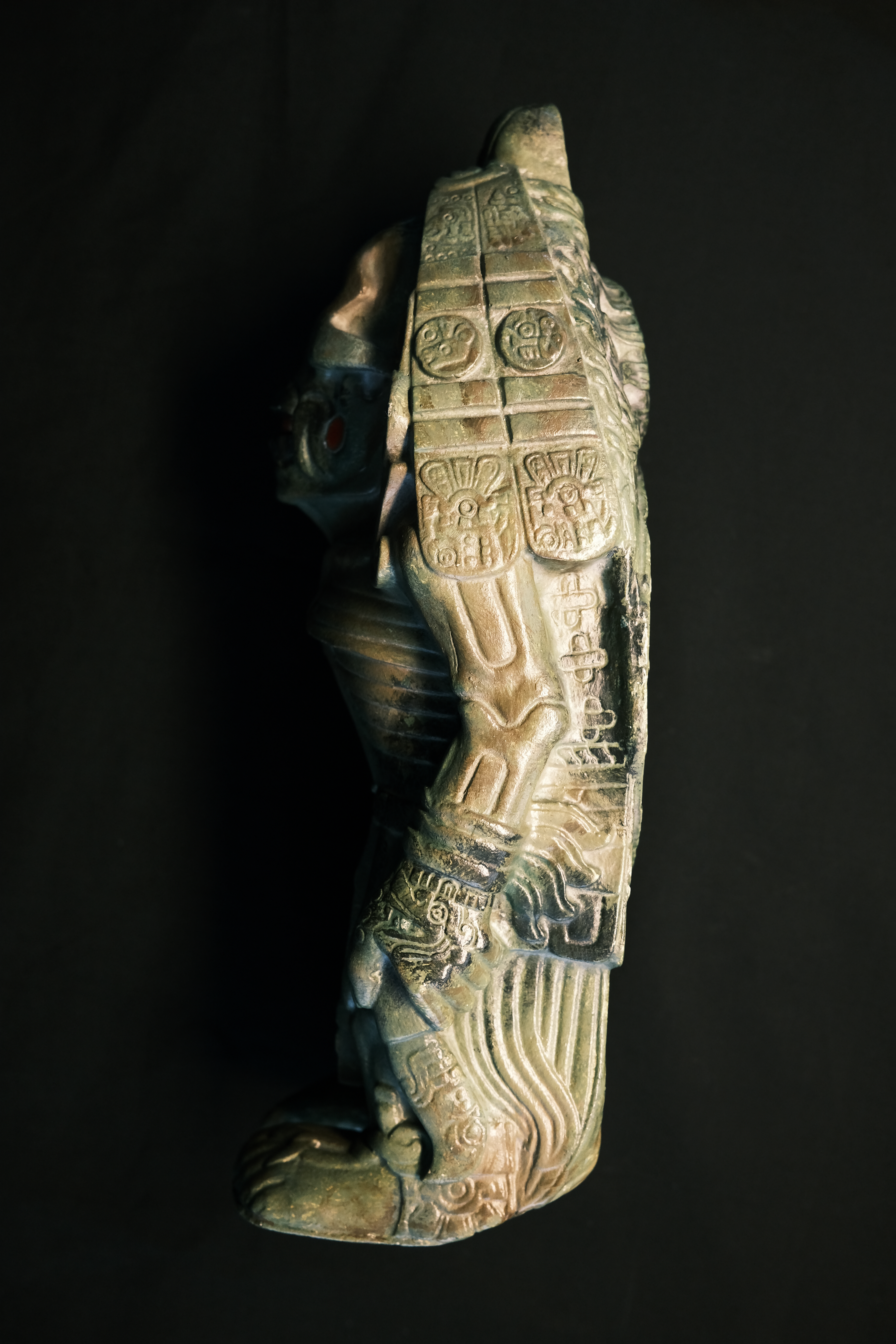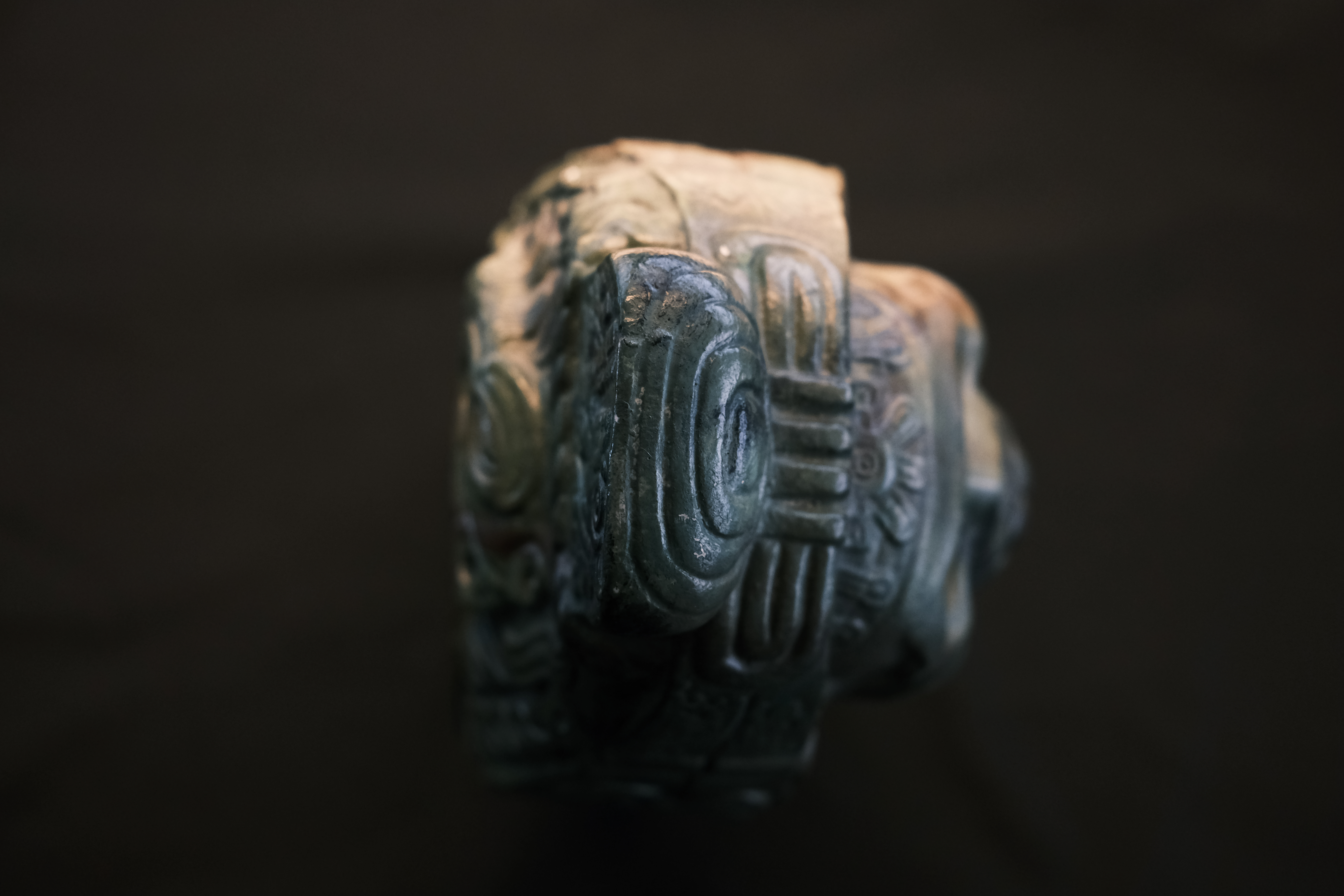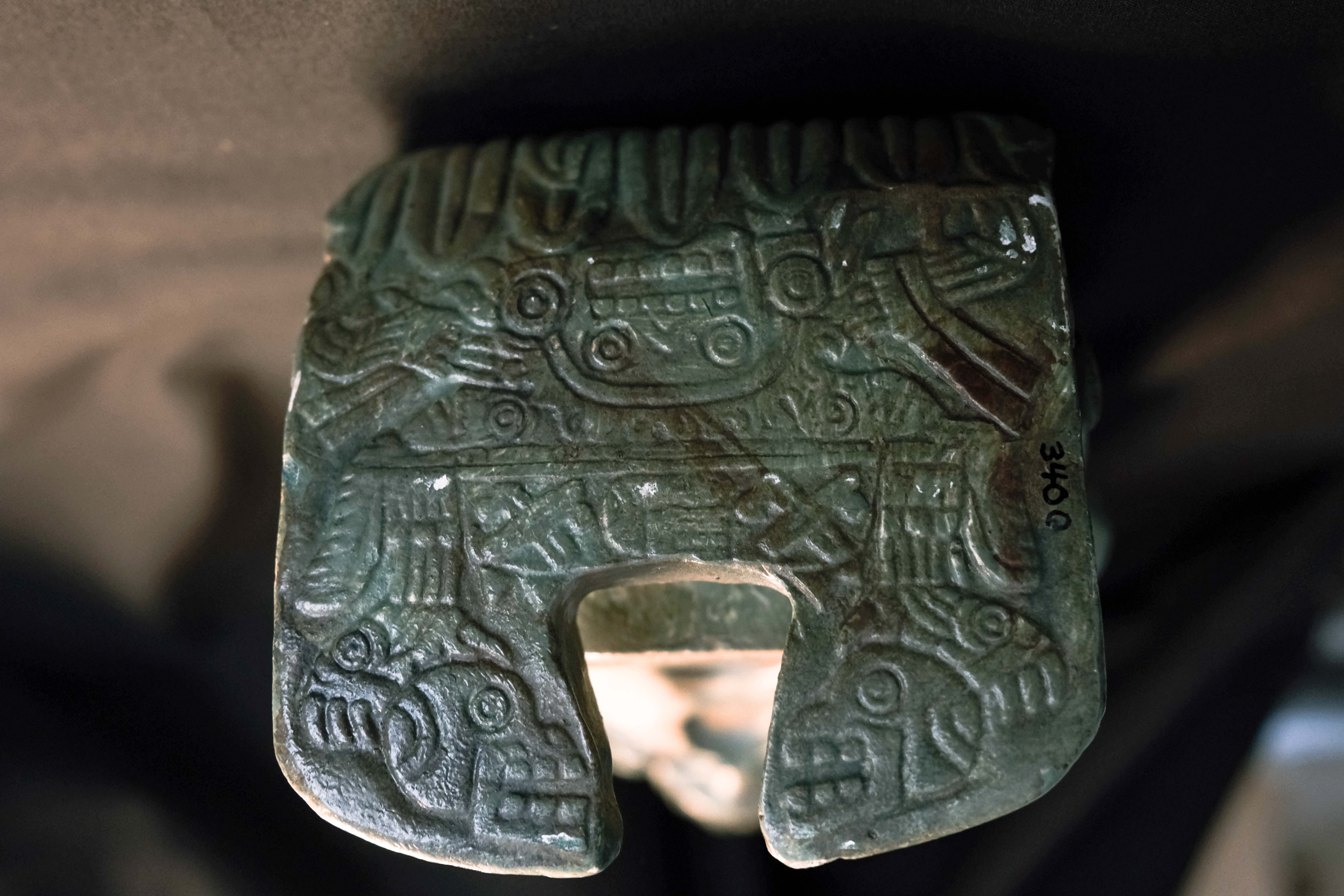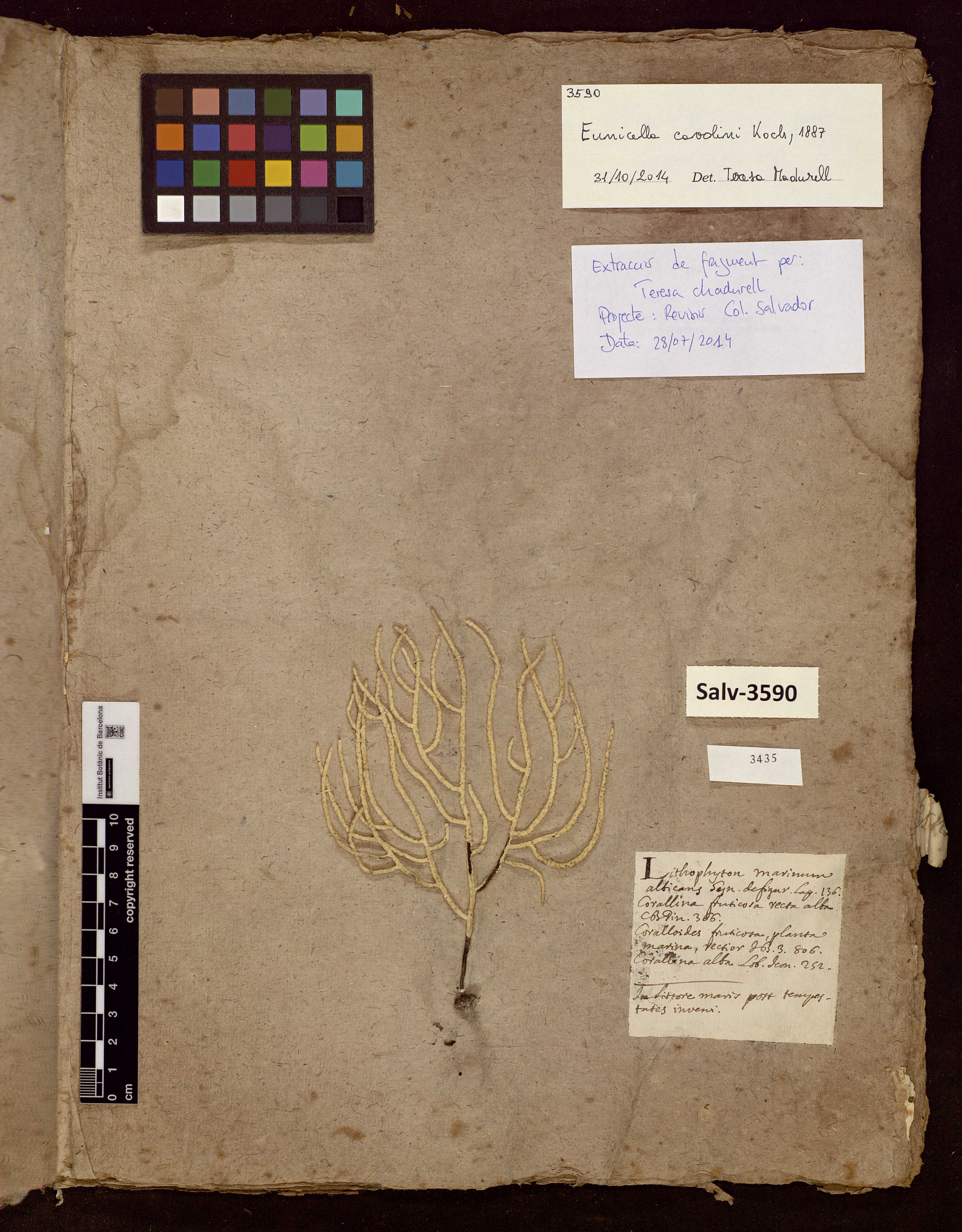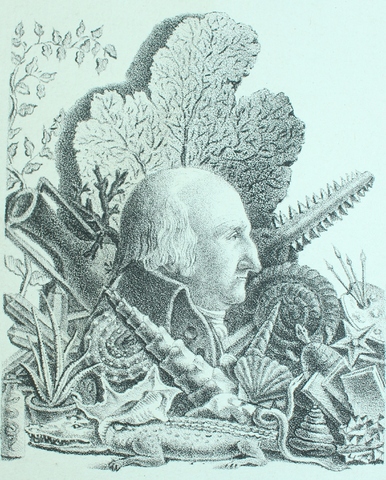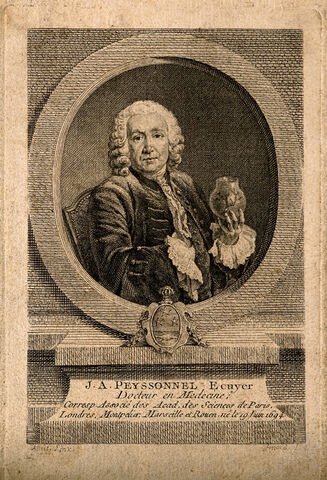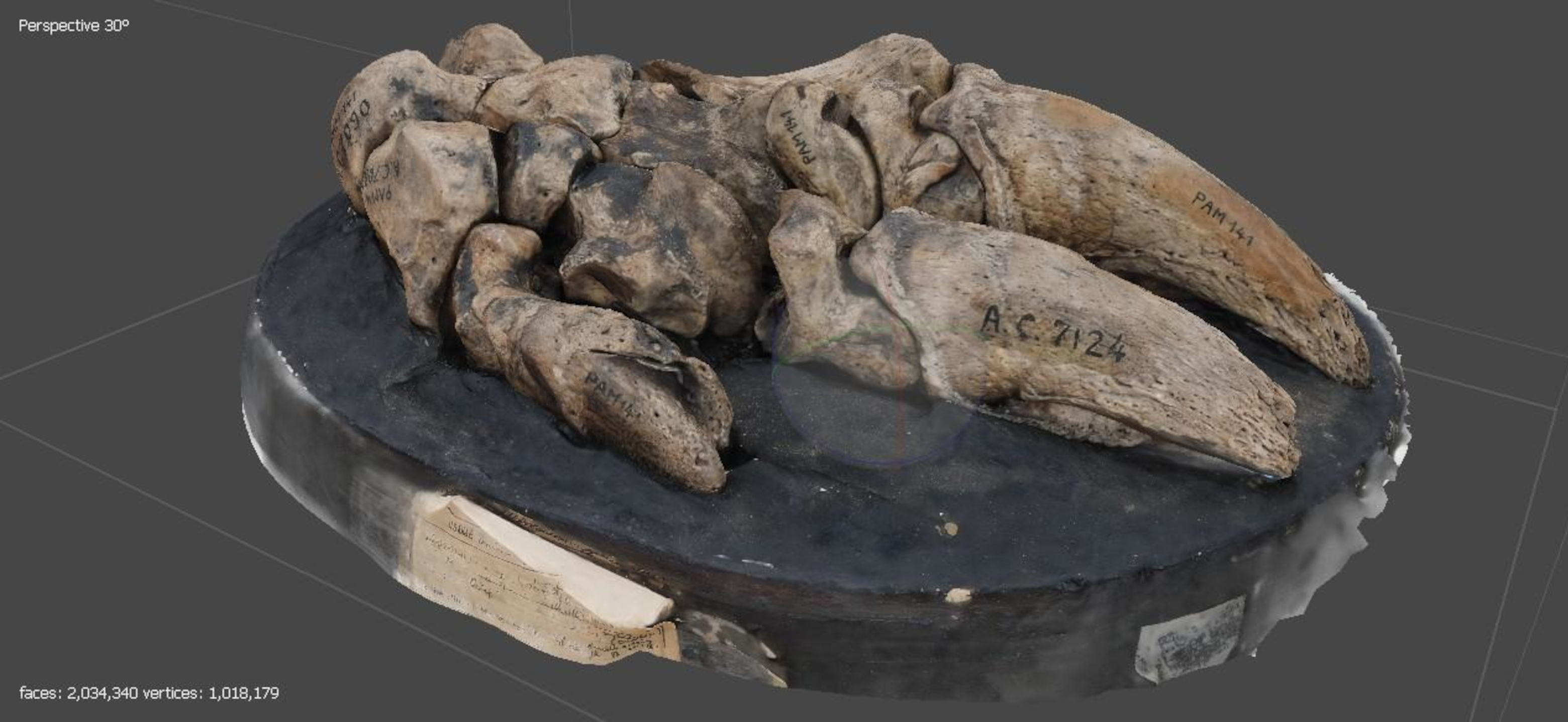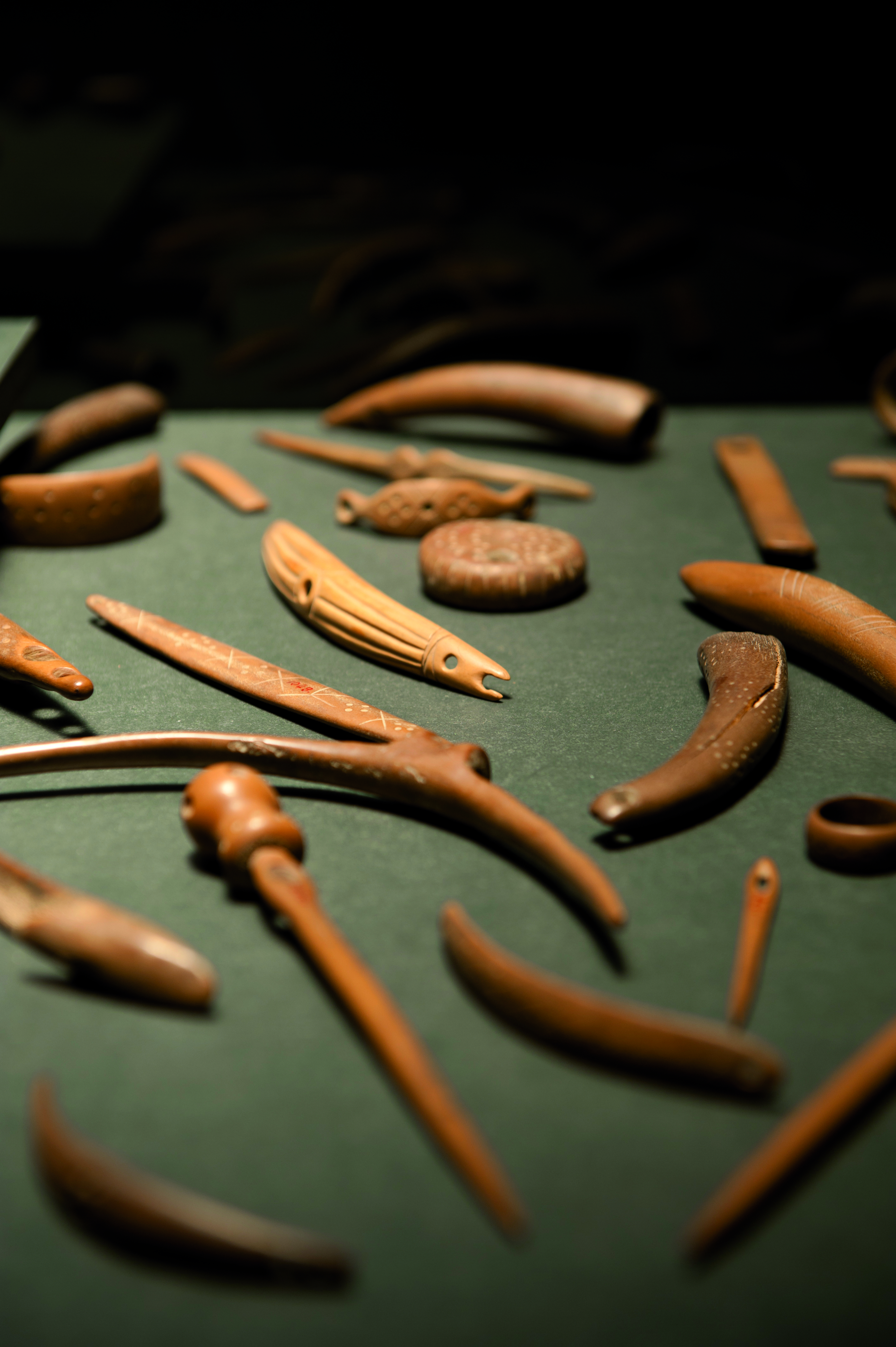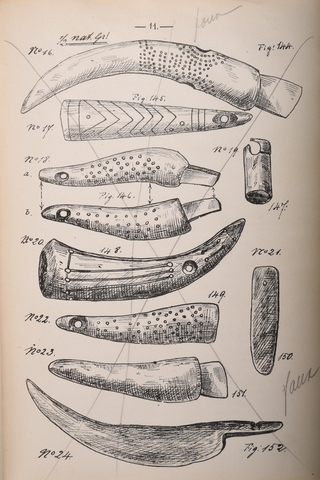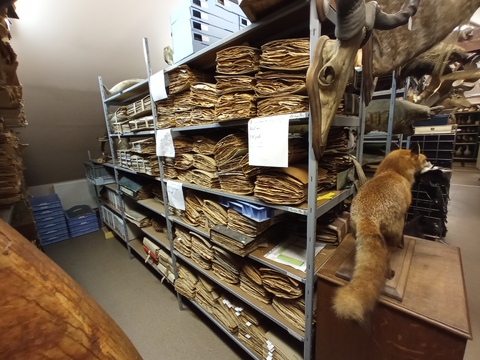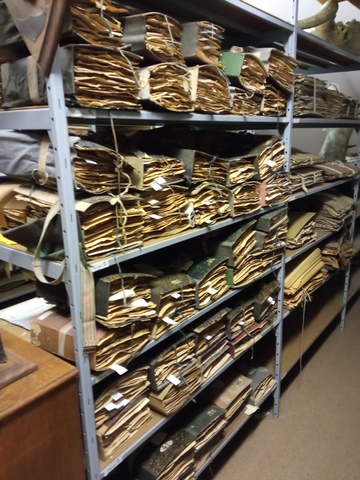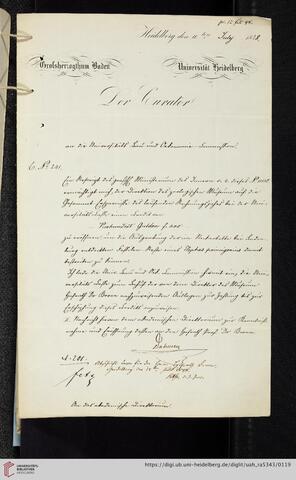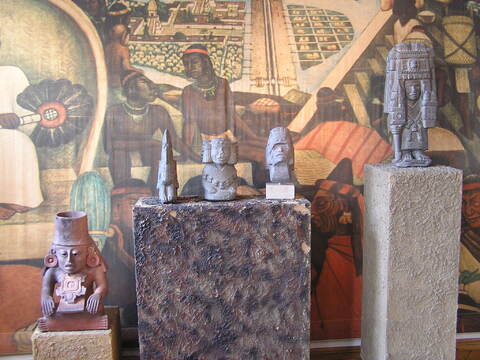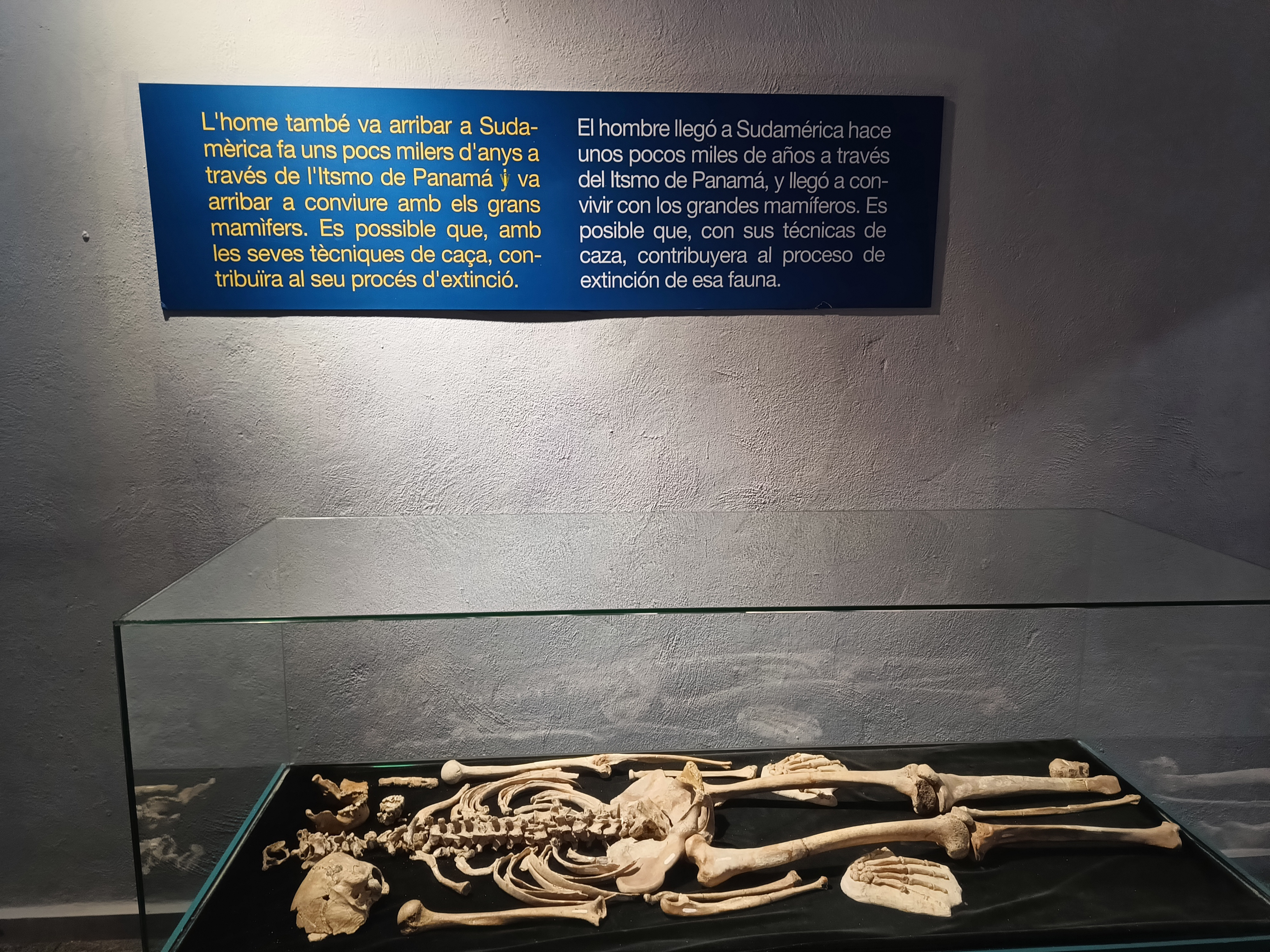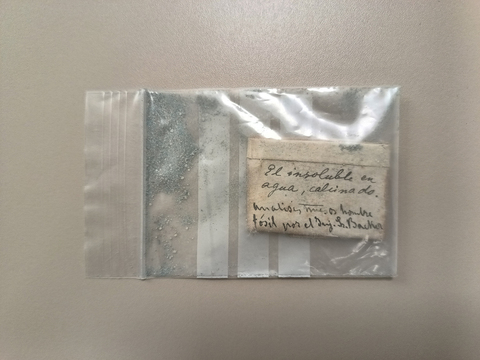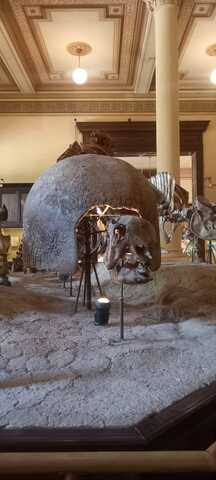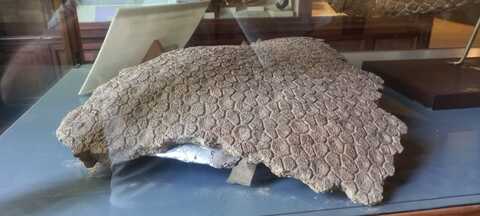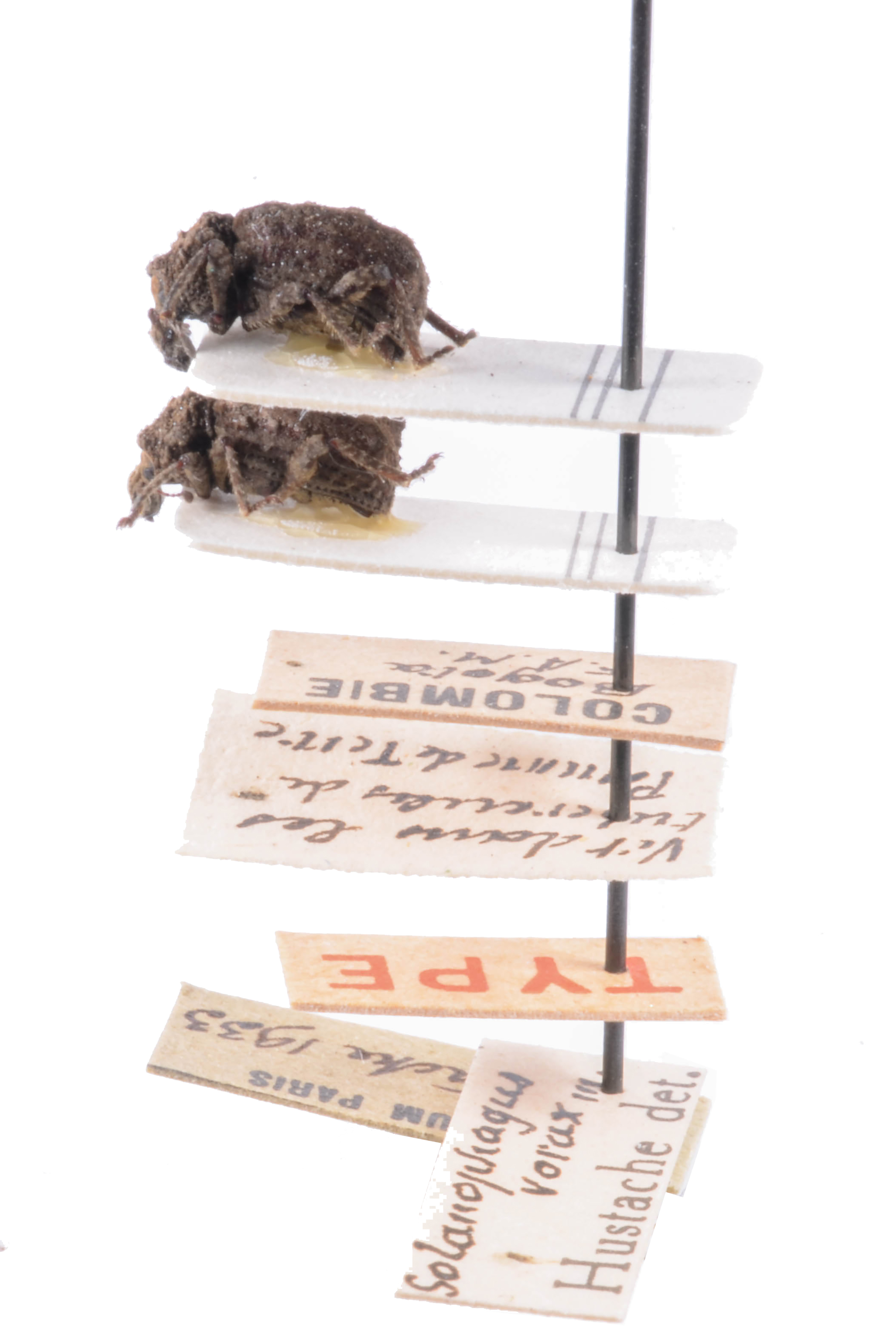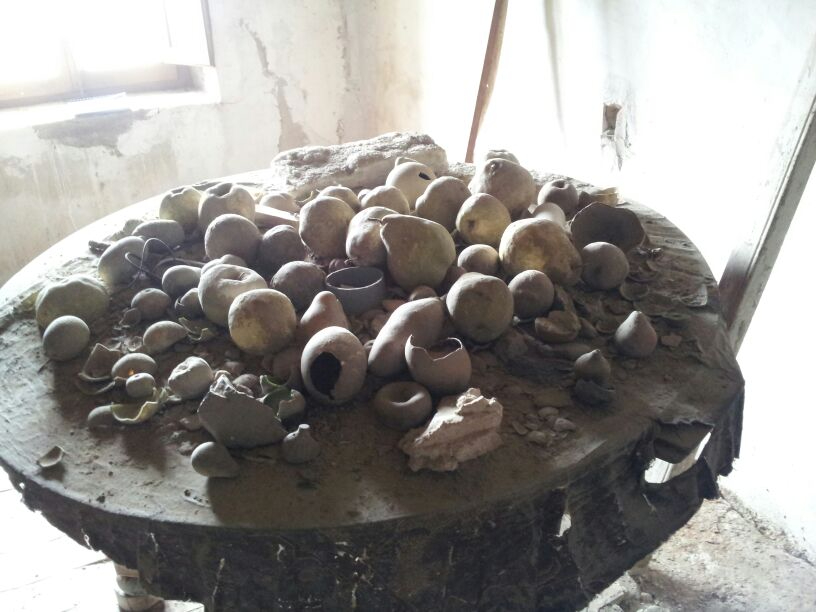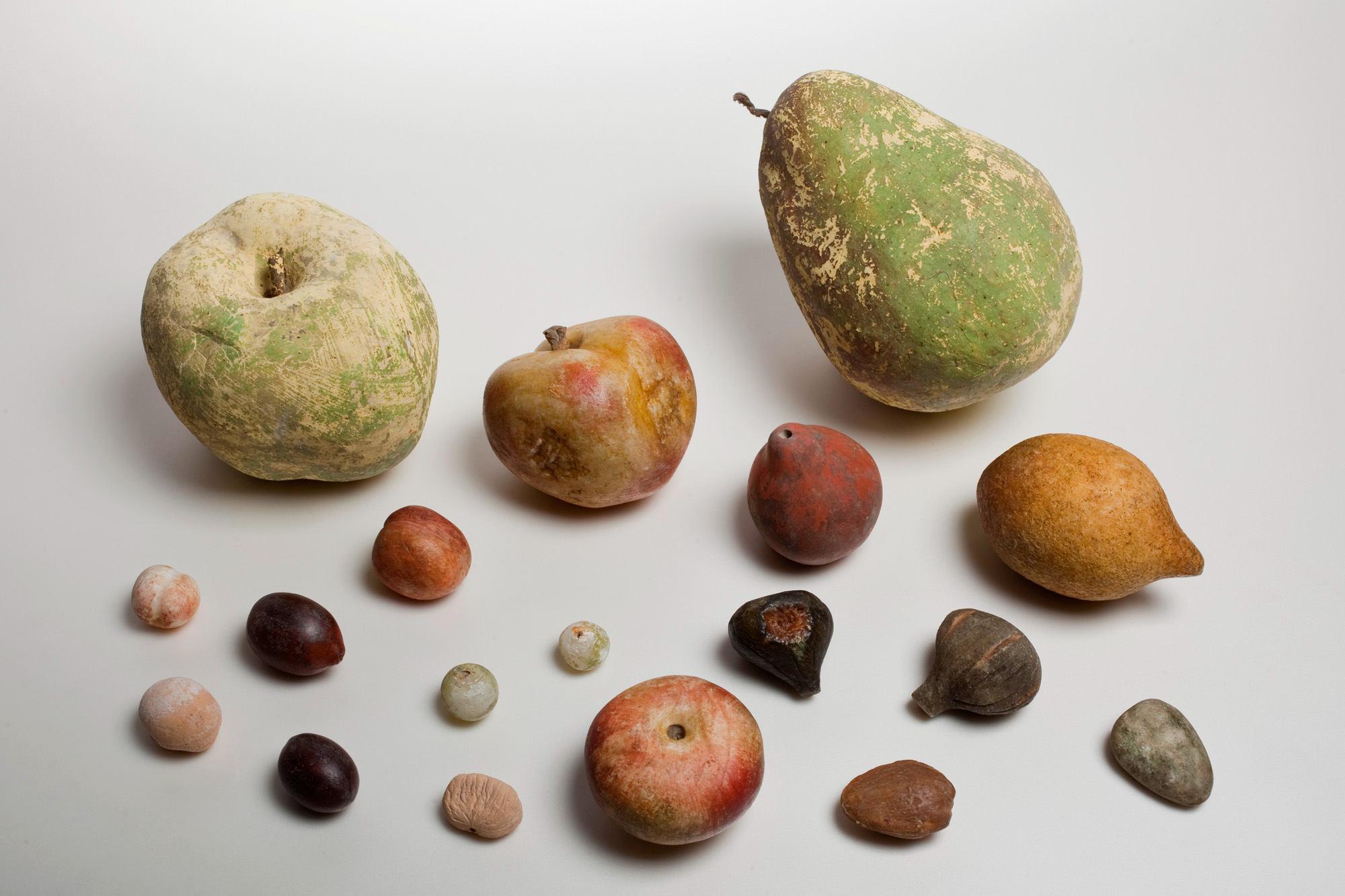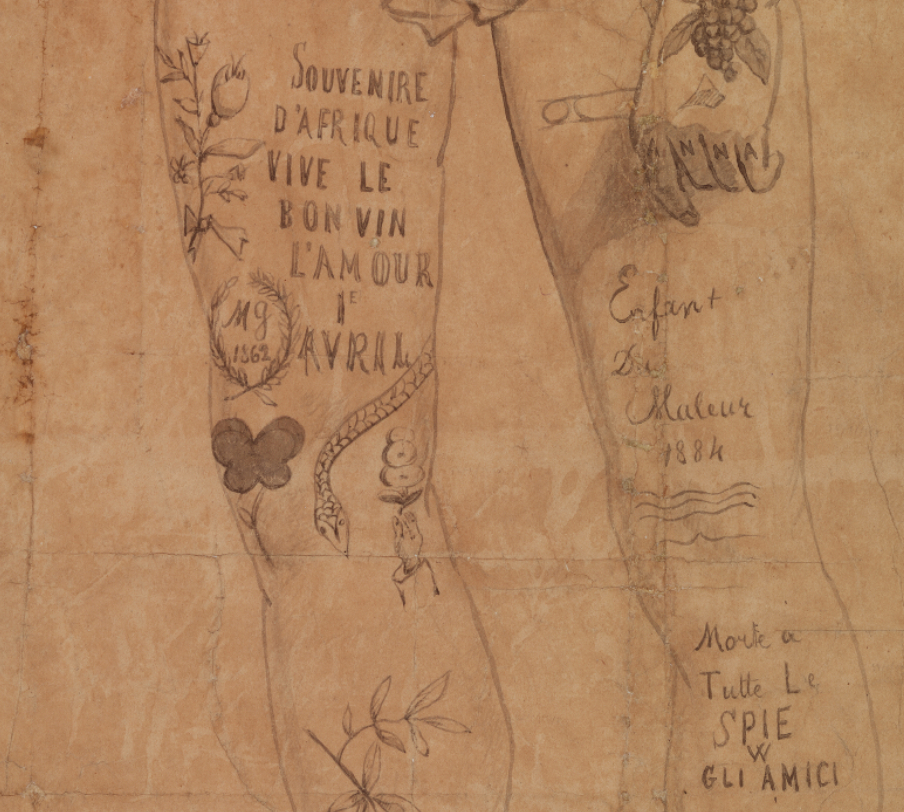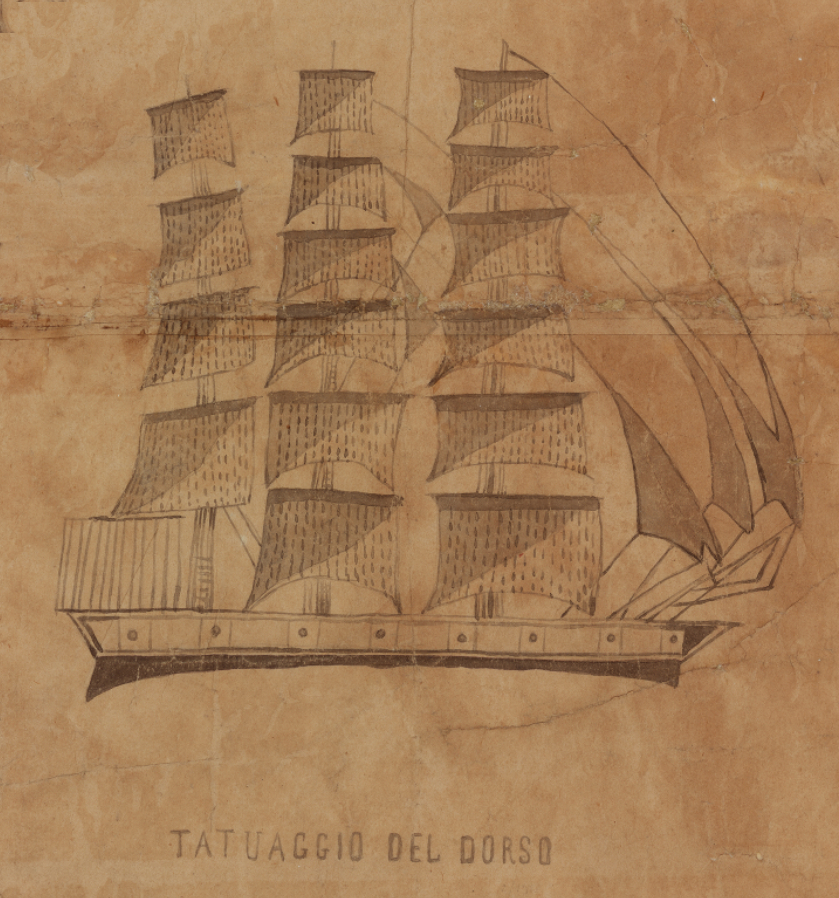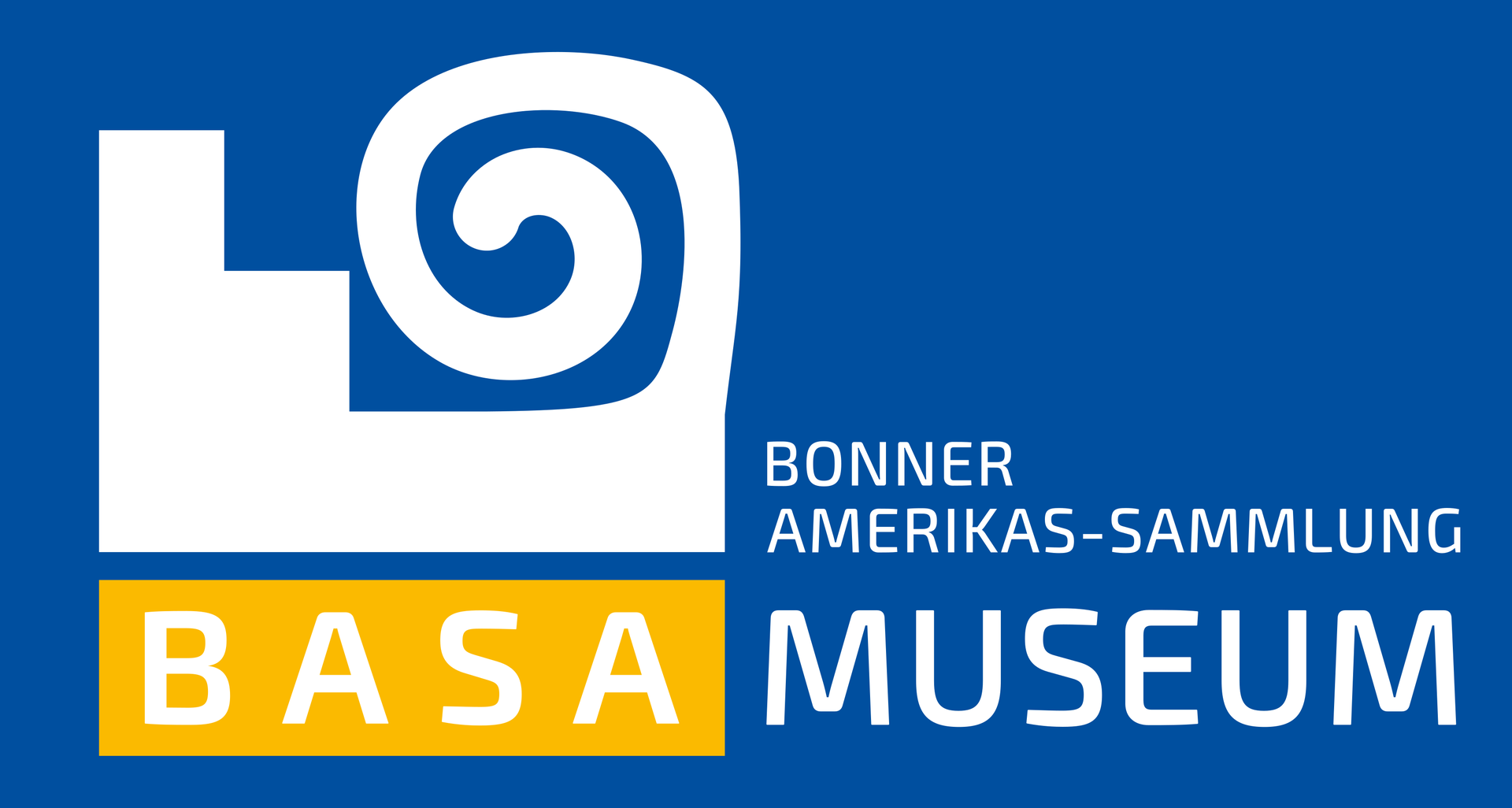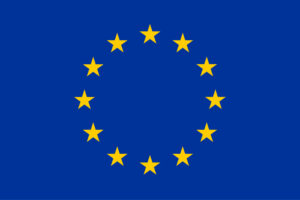El Diario (1926) on the Dalmatic:
Excerpt (English translation) of the article "Valioso e Interesante Donativo Hecho al Museo de Bellas Artes" (Valuable and Interesting Donation Made to the Museum of Fine Arts):
[…] Among the official notes exchanged on this occasion, that by a Mr. V.B., a former consul of the Argentine Republic, informs us of the official details regarding this matter. It reads as follows:
“Lausanne, March 26, 1926 – To His Excellency the Minister of Foreign Affairs of the Republic of Paraguay. – Dear Minister: I hereby have the honor of sending Your Excellency a letter from the Communal Council (Municipality) of the city of Neuchatel, in Switzerland, addressed to the Honorable Mr. President of the Republic, Dr. Eligio Ayala, with the request that it be delivered to the distinguished addressee. – Here are the relative explanations: –
During my brief stay in Asunción the very last October, talking to Dr. Cecil Baez about certain episodes of the Paraguayan war, I remembered hearing, many years ago, about the presence in a Swiss museum of a dalmatic which, they said, had belonged to Bishop Palacios, shot by order of Marshal López. On my return to my country, I insisted on verifying this distant memory, and I was lucky enough to find that dalmatic in a perfect state of conservation, kept in a storage box, in the Ethnographic Museum of Neuchatel.
The label, an exact copy of which I gave to Dr. Baez, says that the dalmatic had been taken from the cathedral of Asunción when Brazilian and Argentine troops entered the Paraguayan capital, and that it was donated to the museum in 1889 by a Mr. V.B., a former resident of the Argentine Republic. There is no doubt, therefore, about the authenticity of this relic of the Great War. As I am originally from the city of Neuchâtel, and am linked to influential people from that town, the Museum commission and the Municipal authority have decided, at my request, to present this dalmatic to the Paraguayan government, as a token of friendship and sympathy towards Paraguay.
It has been a great pleasure for me and I have no doubt that both the Superior Government and the ecclesiastical authorities will be satisfied with the return to Asunción of that sacred and at the same time historical object. It is already in the hands of Mr. R.V. Caballero, Paraguay’s delegate to the S.D.N. (League of Nations). I thought it was the best way to send it to Paraguay. I kindly ask Your Excellency to convey my respectful greetings to His Excellency the President of the Republic, etc. etc.
Fernando F. Machon (Consul of Paraguay)"
